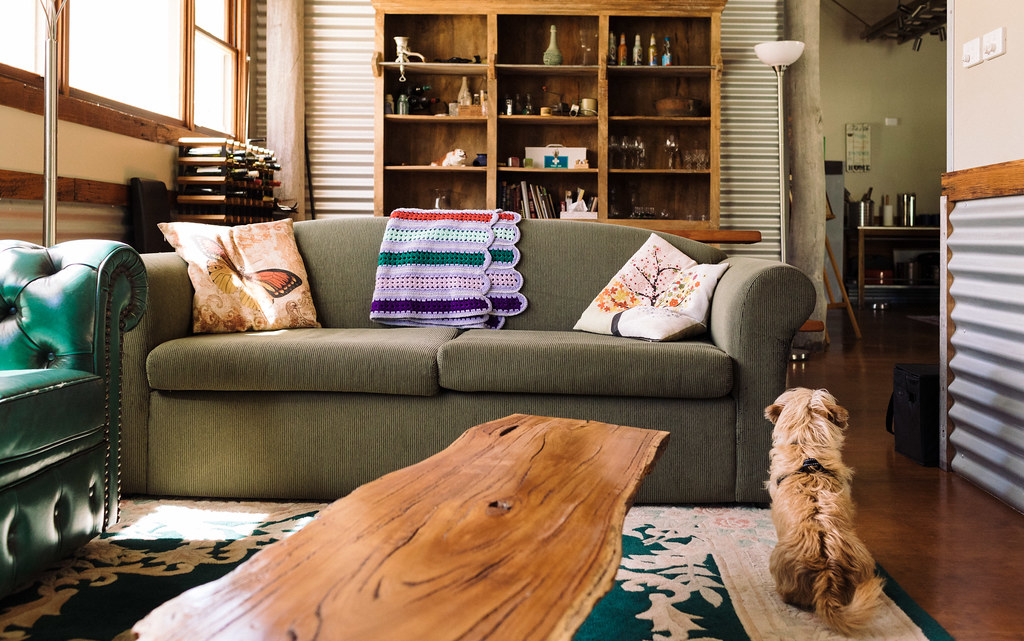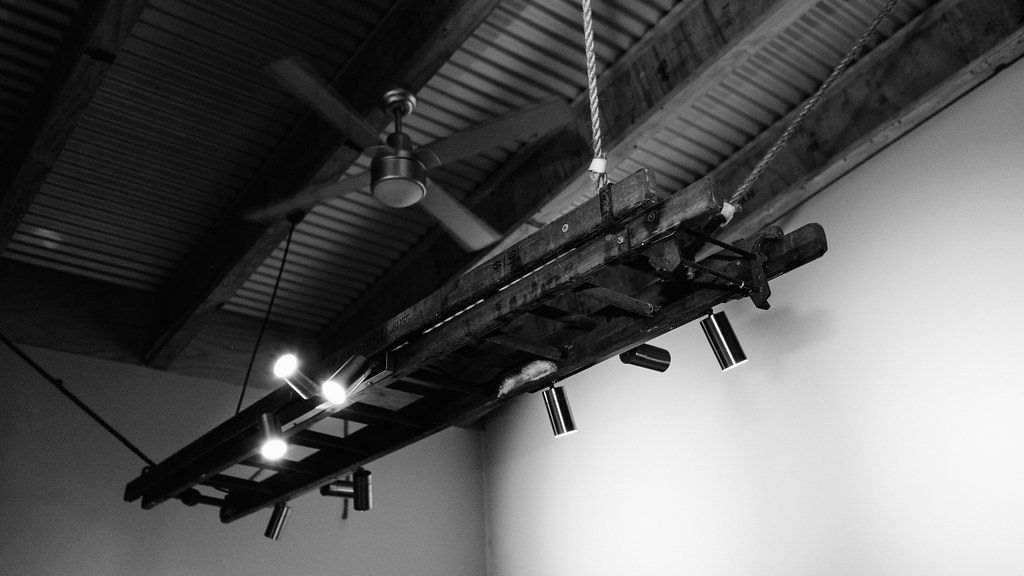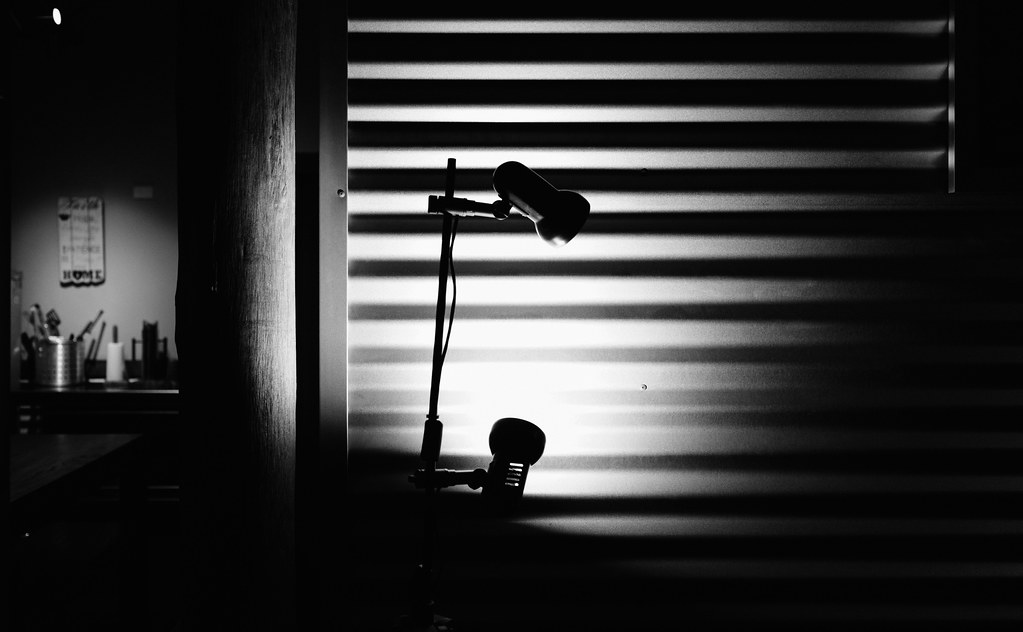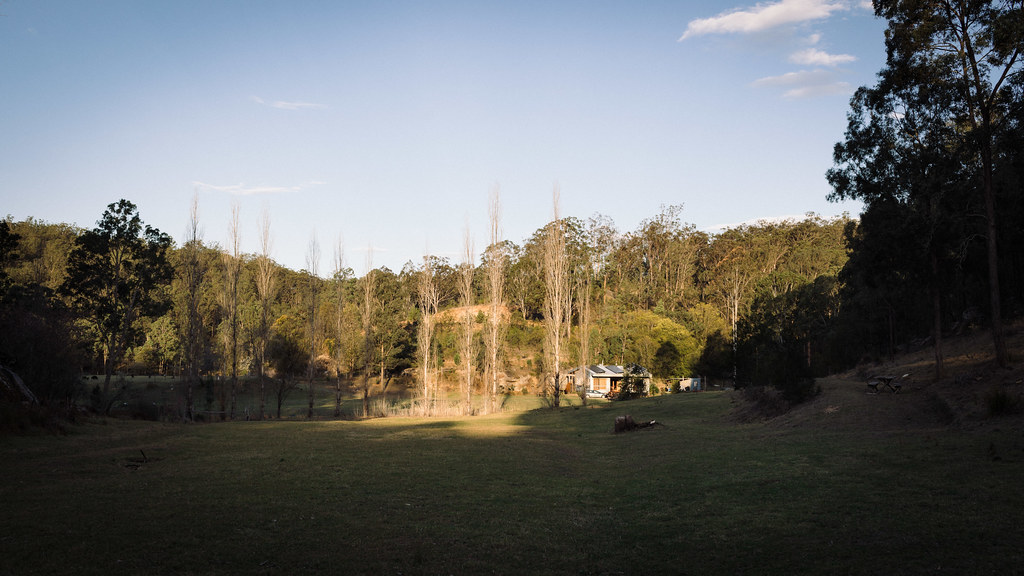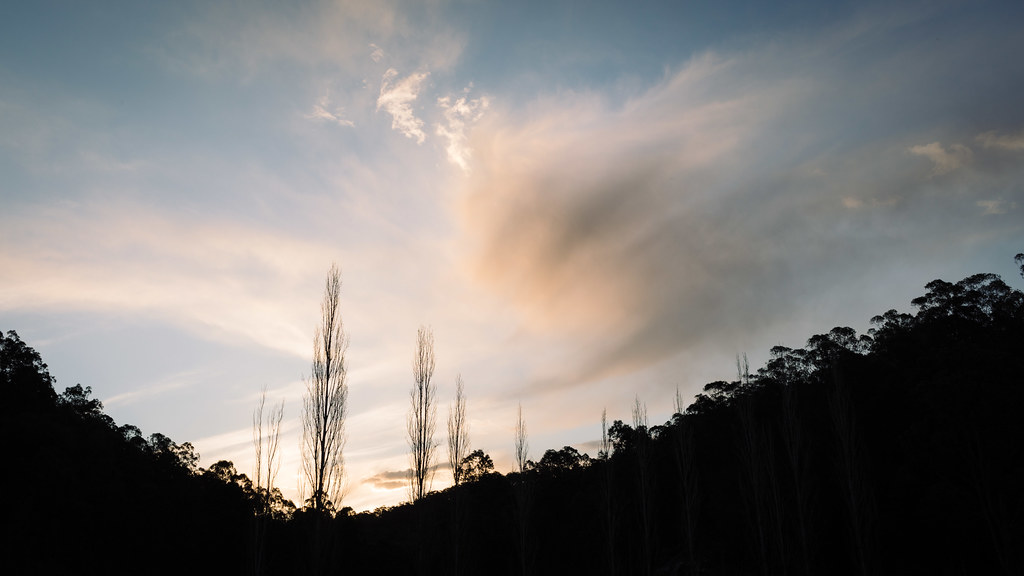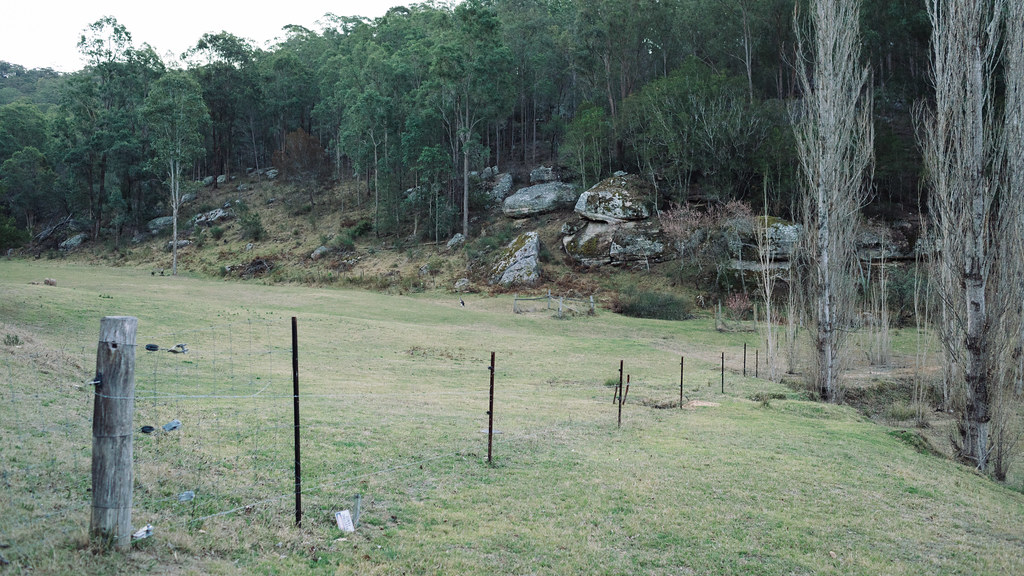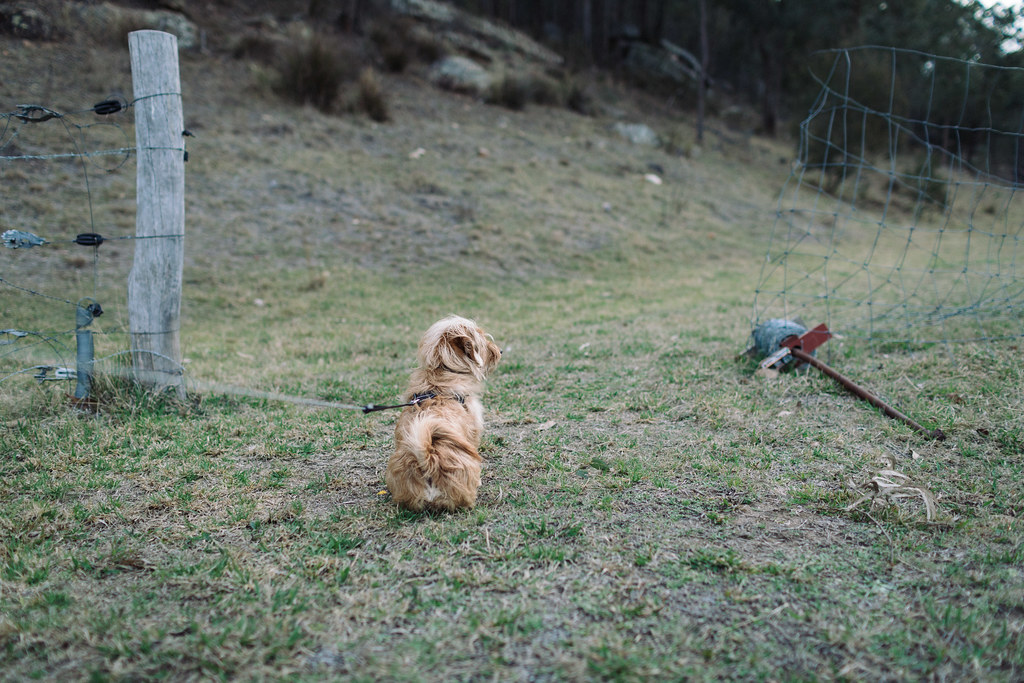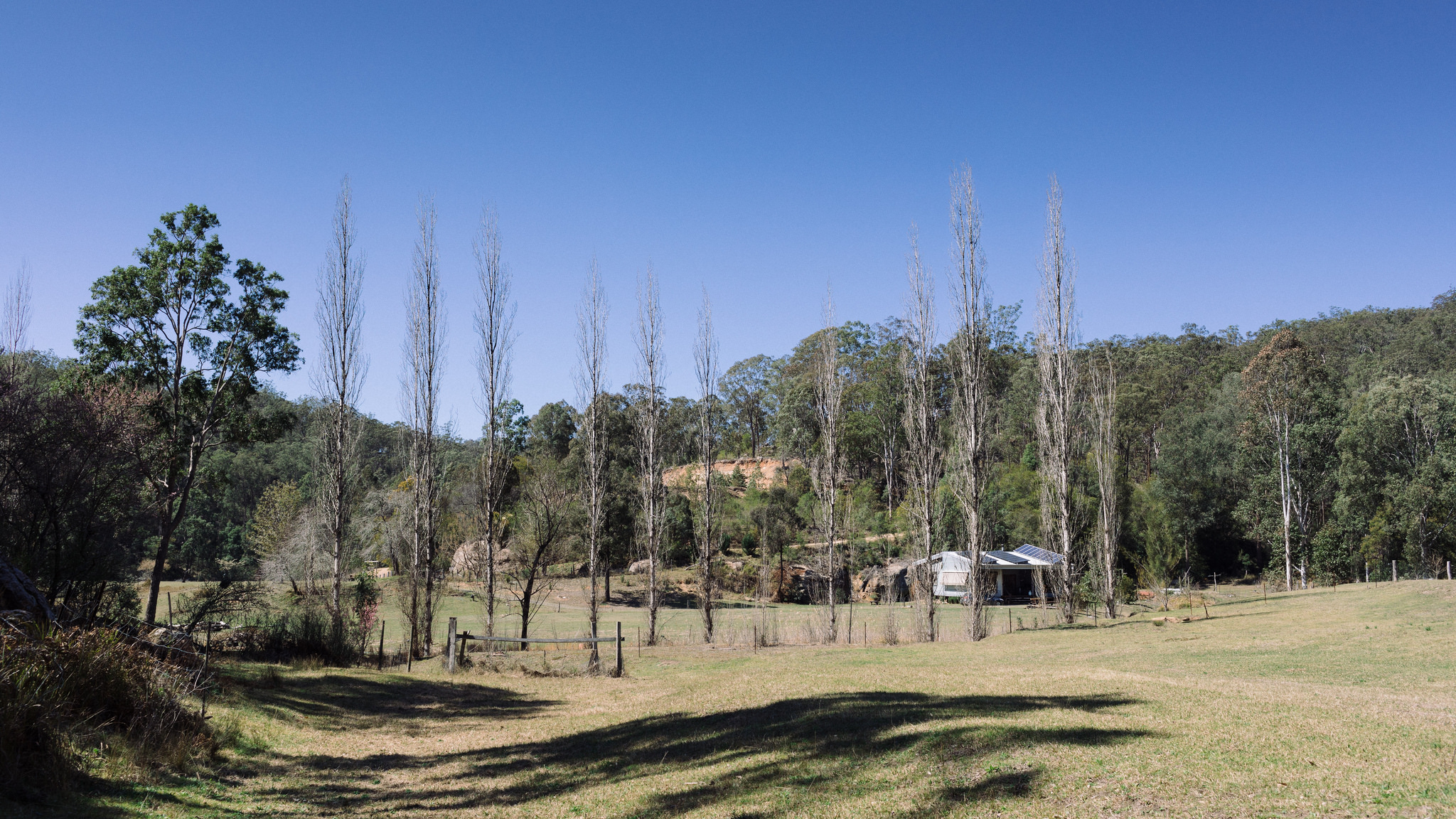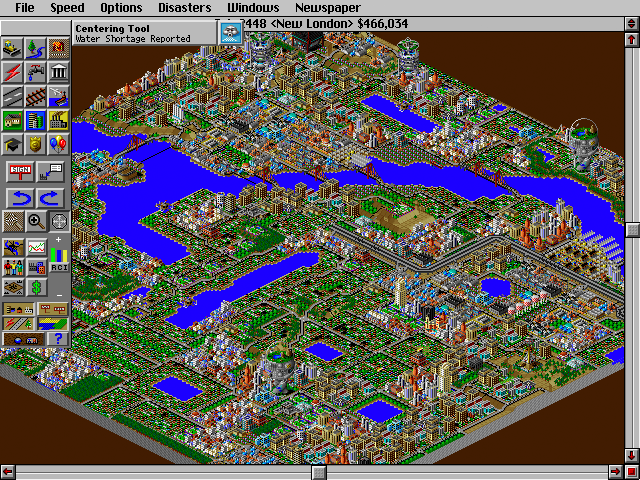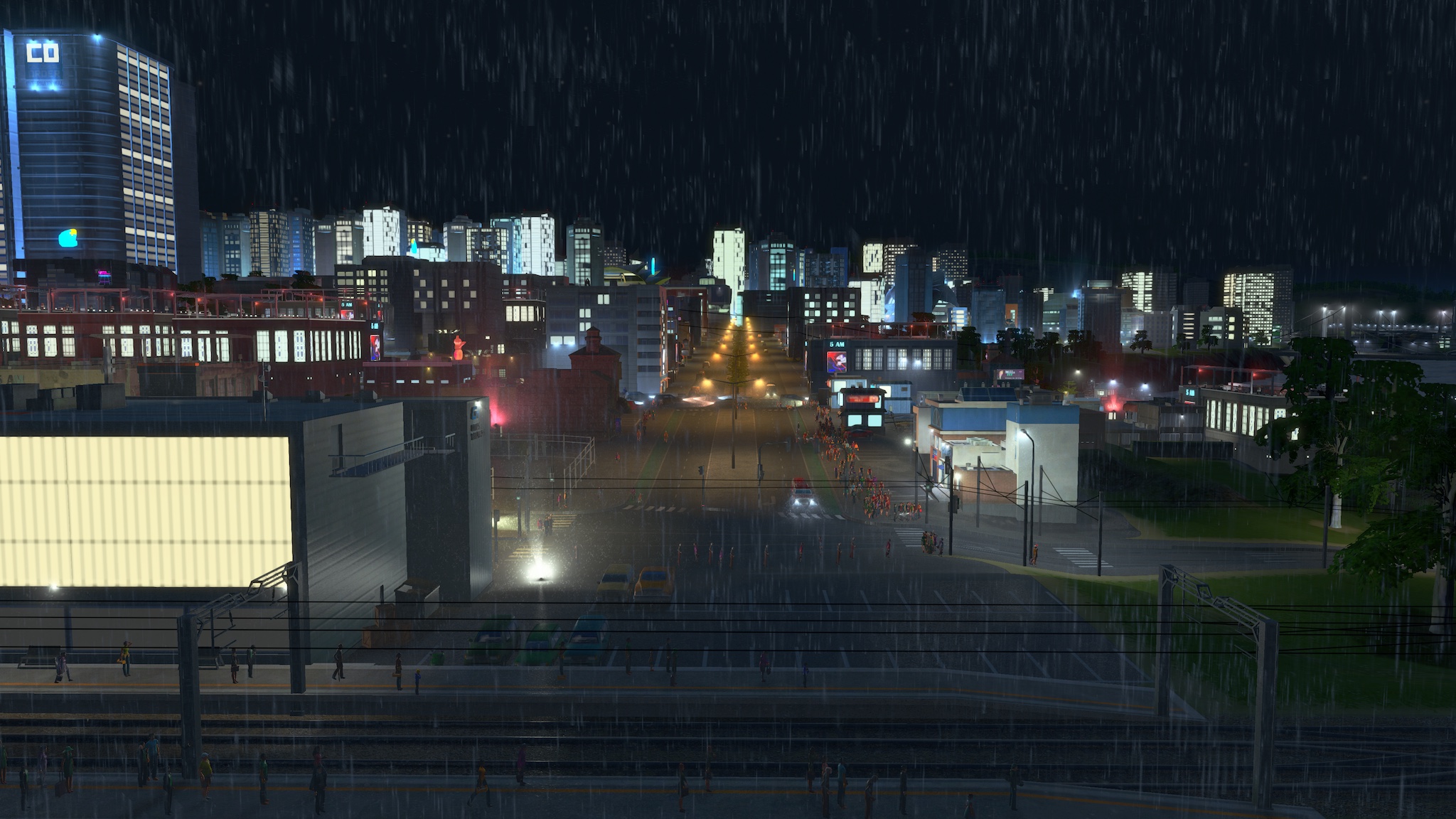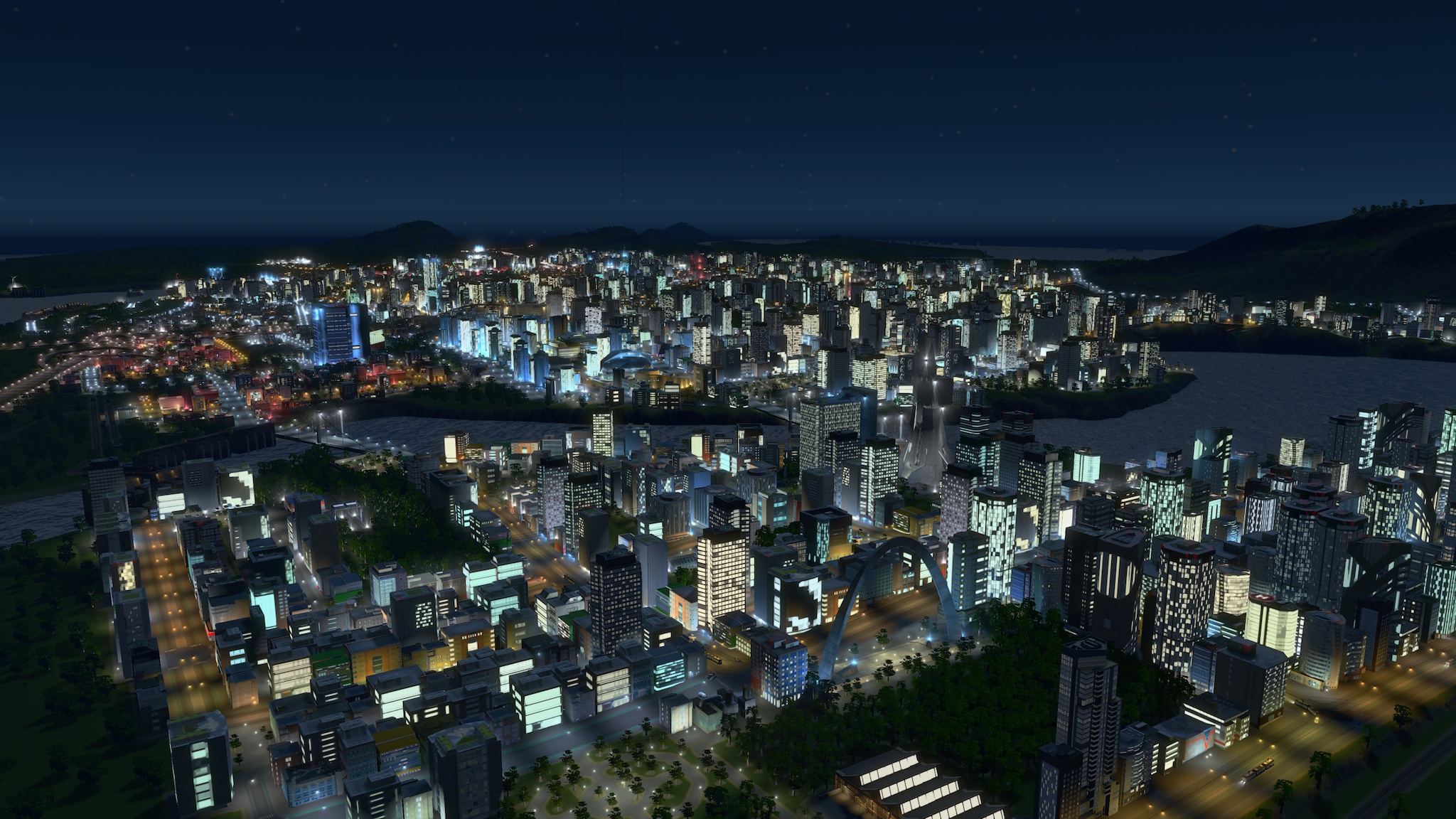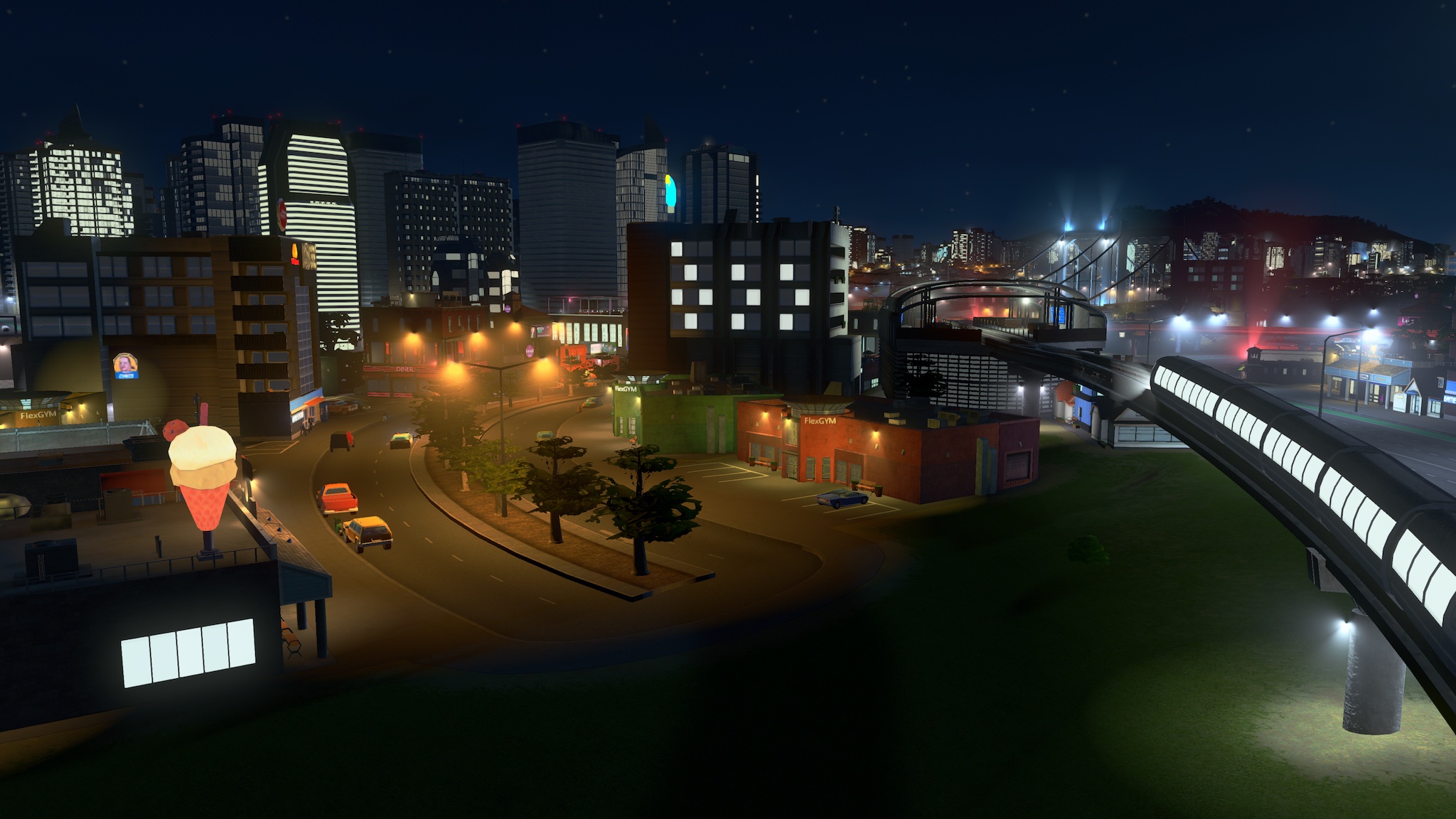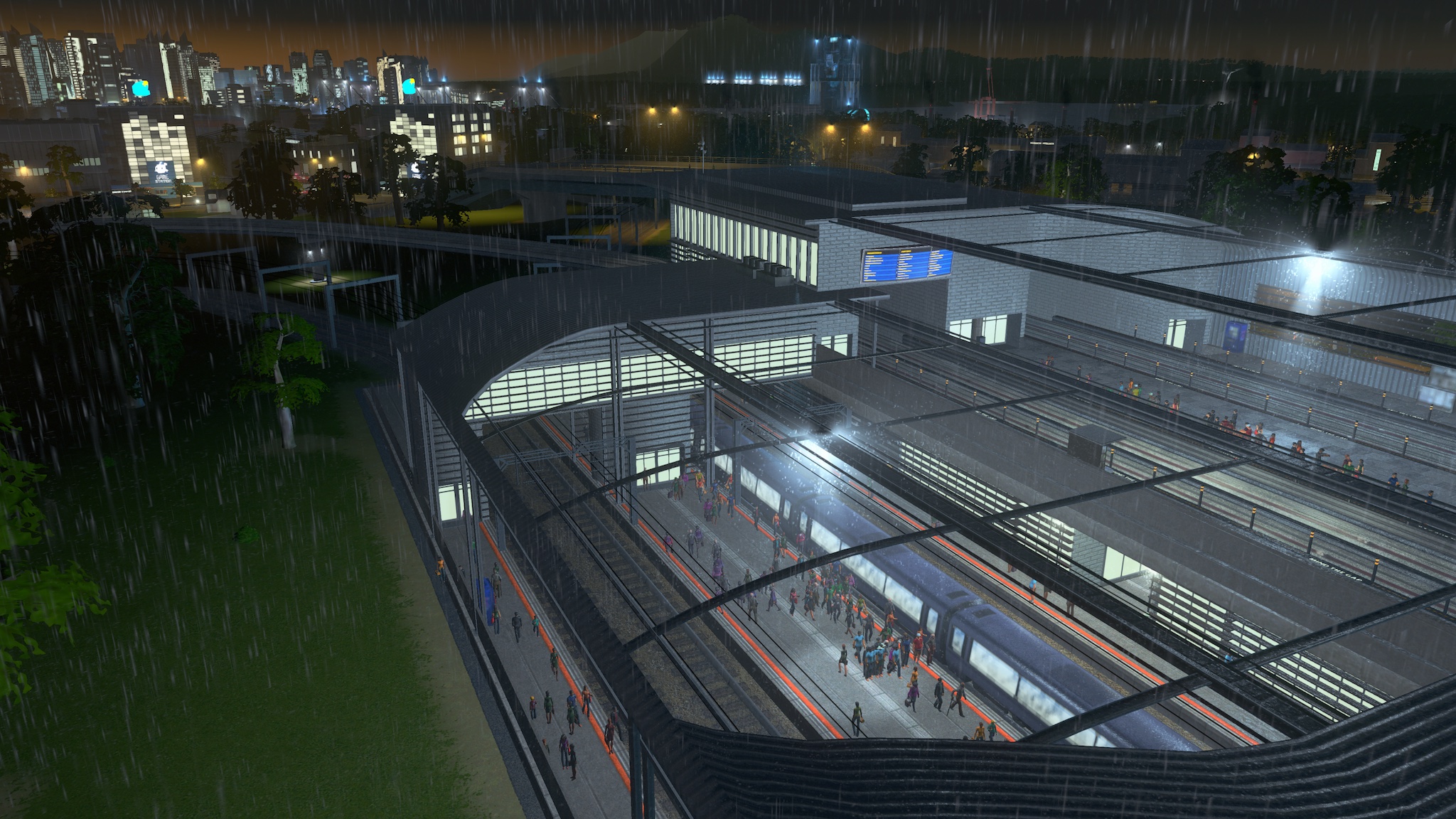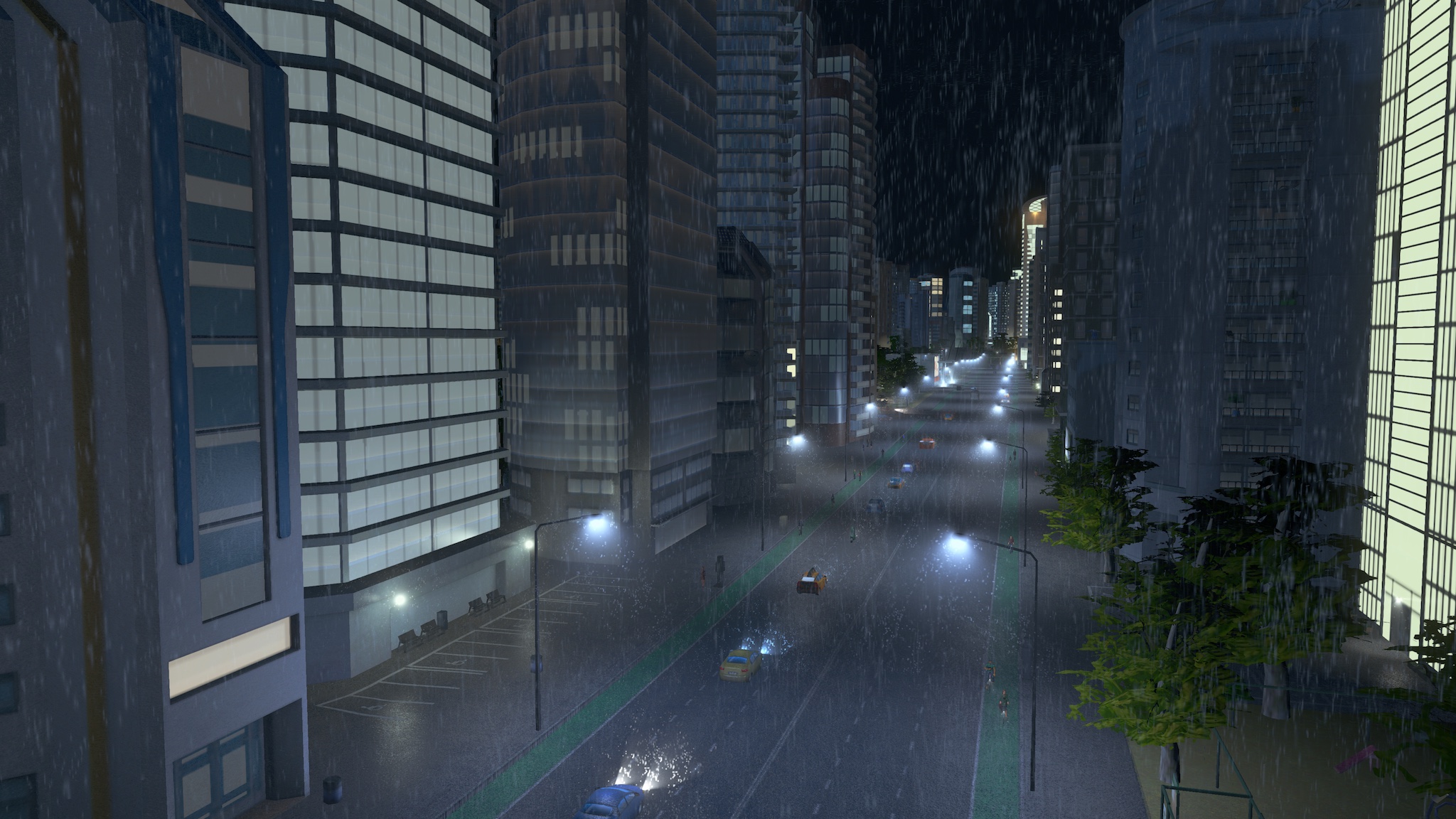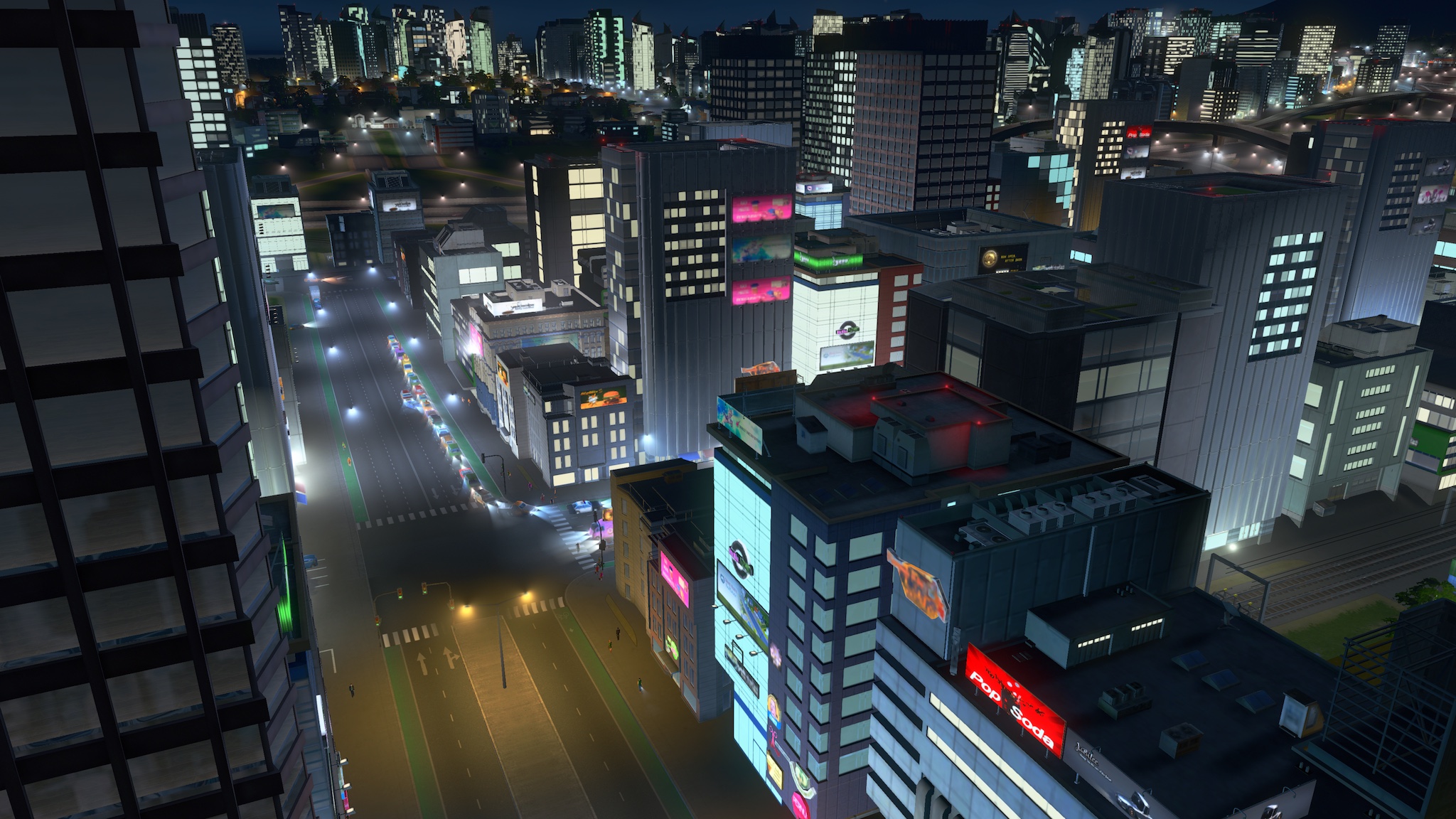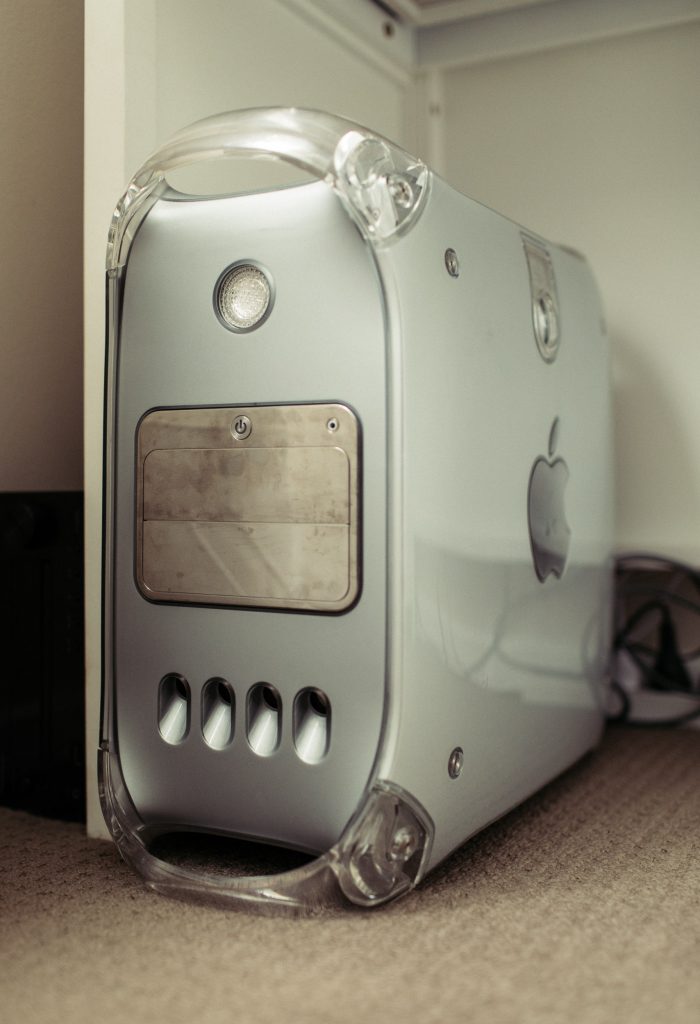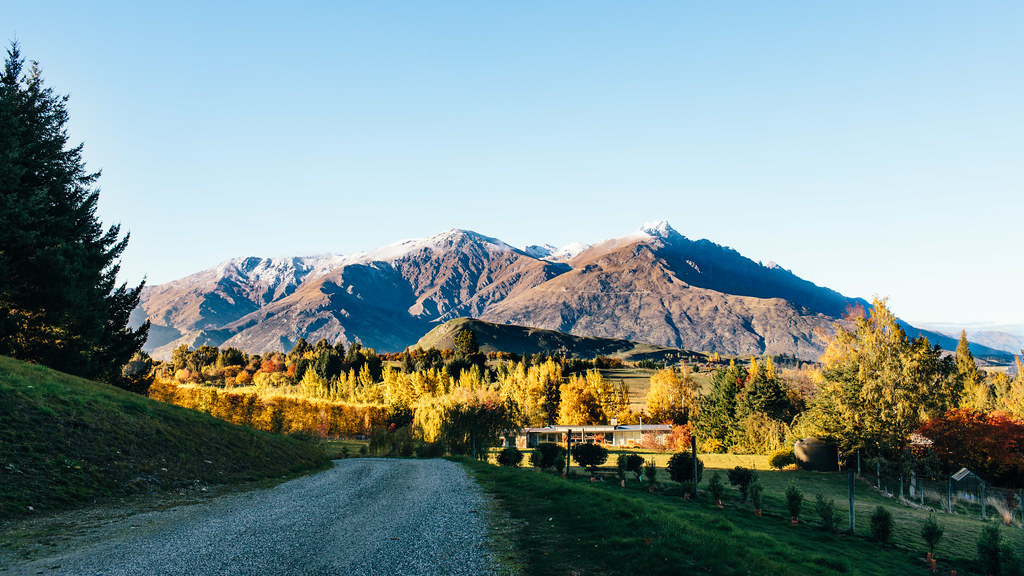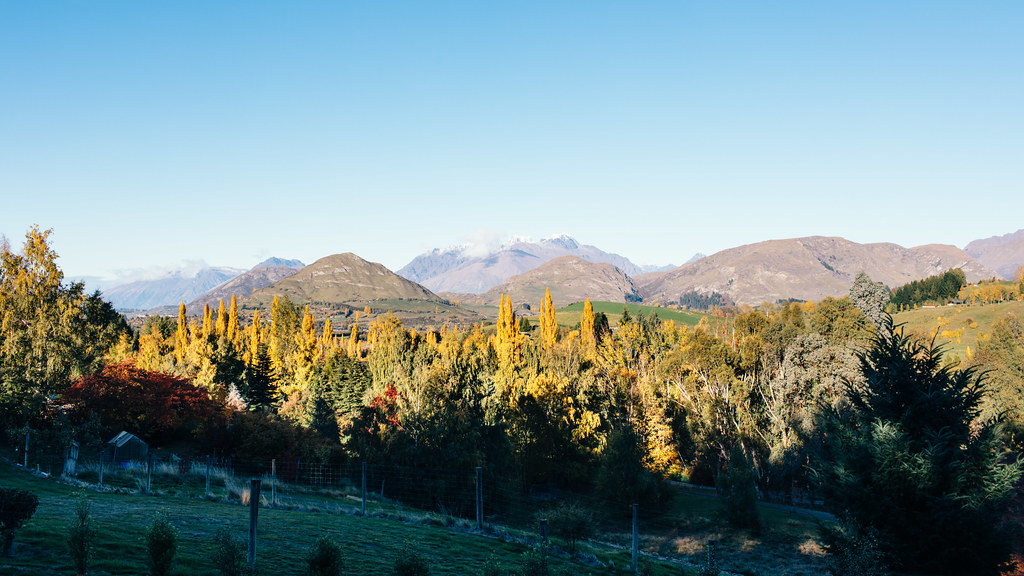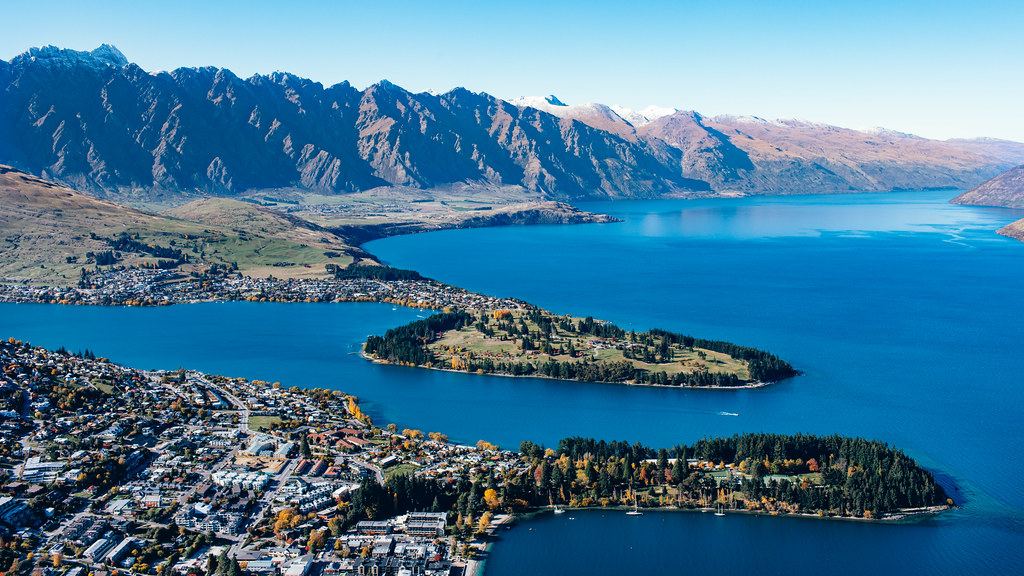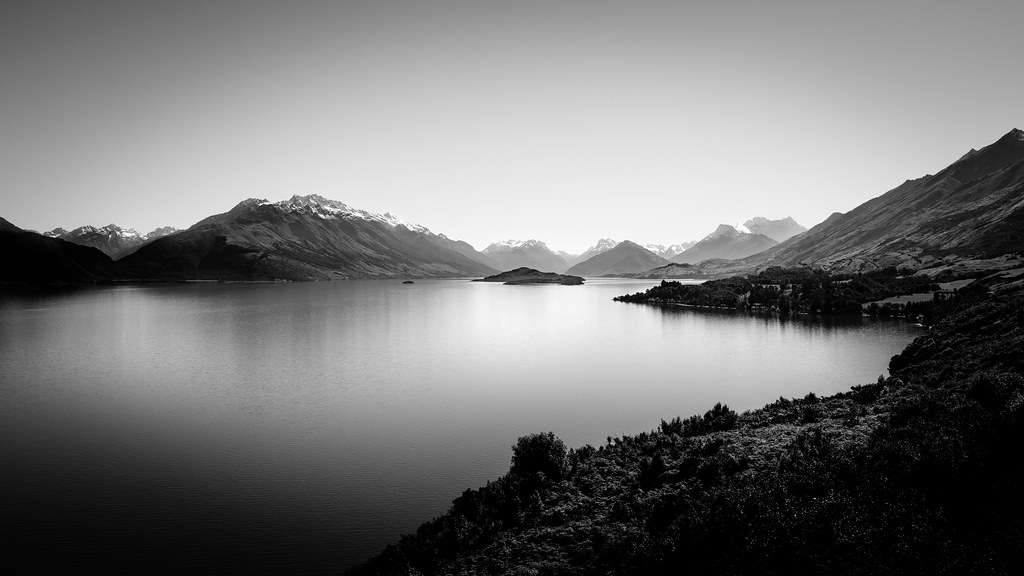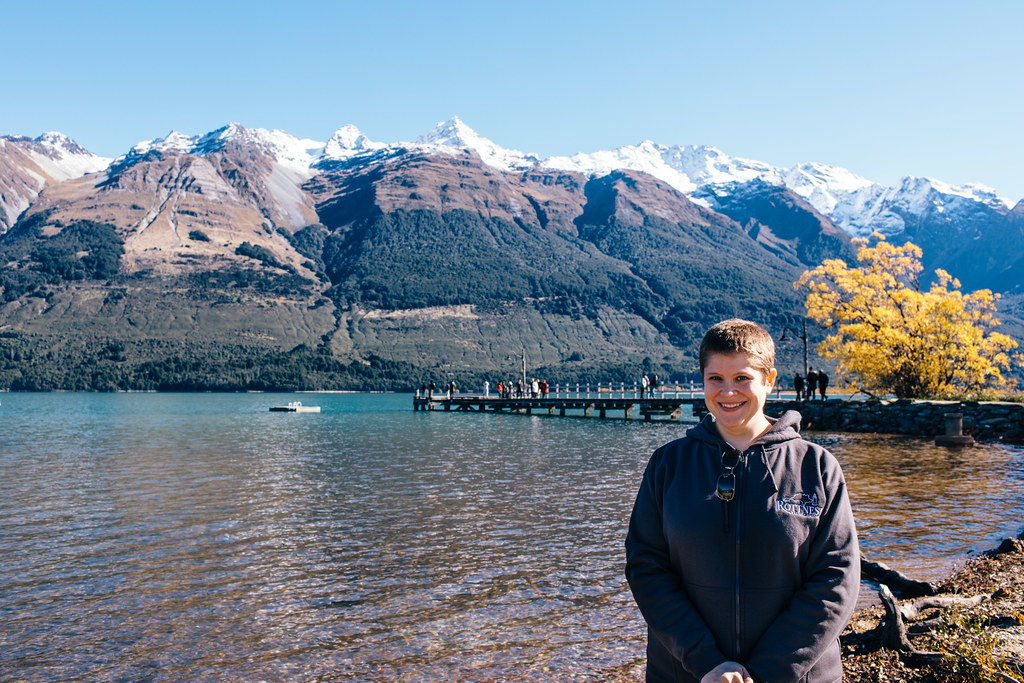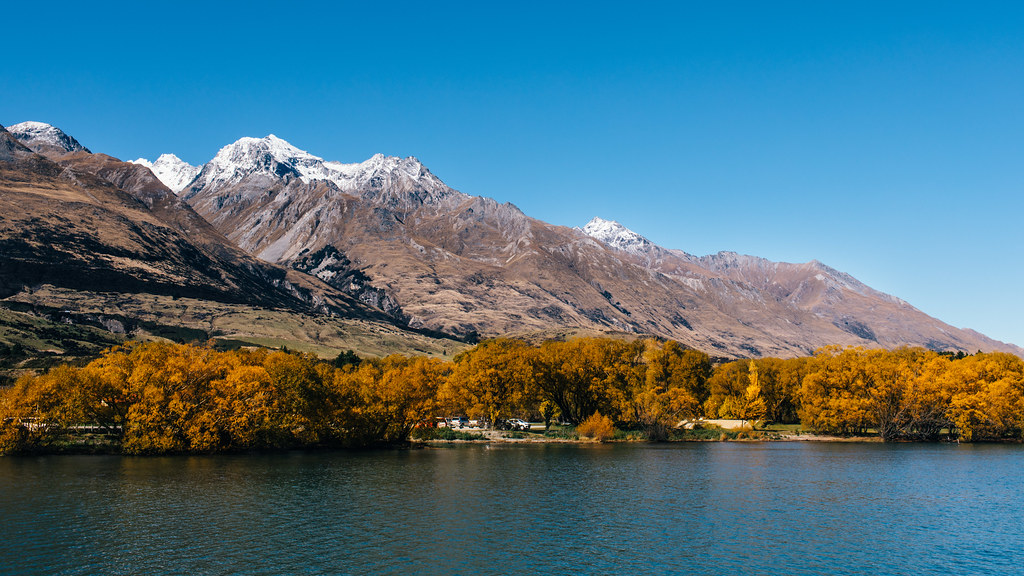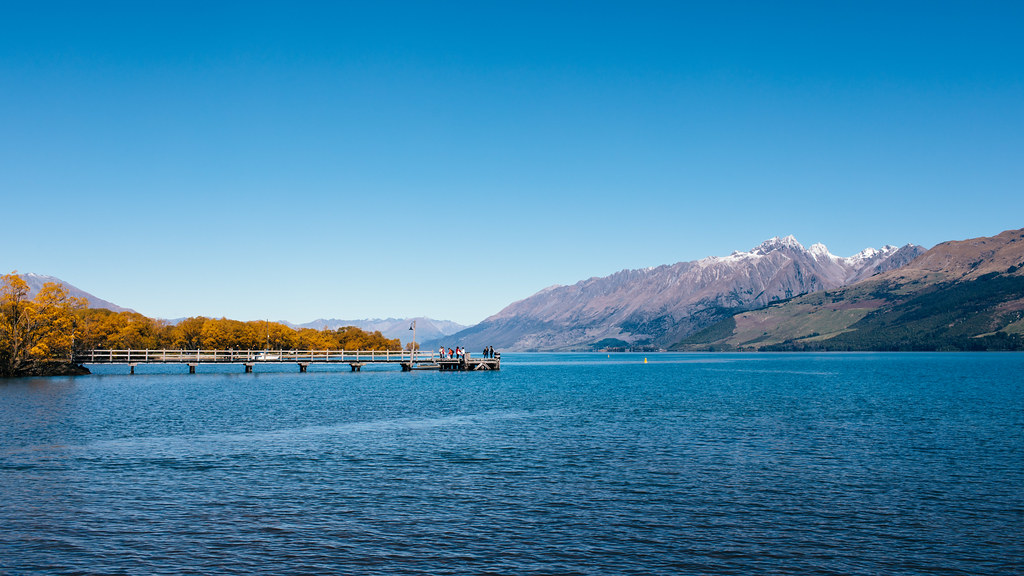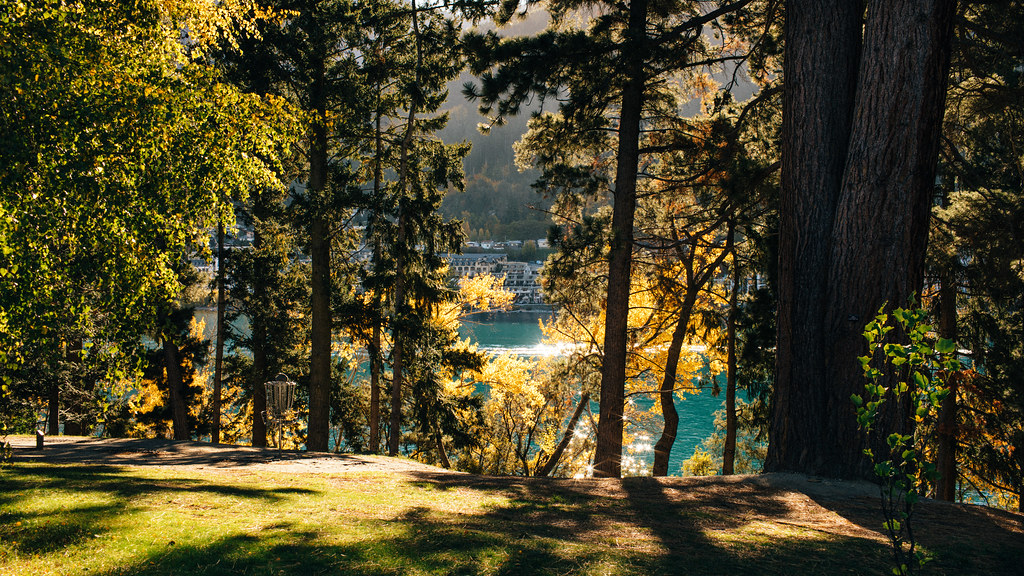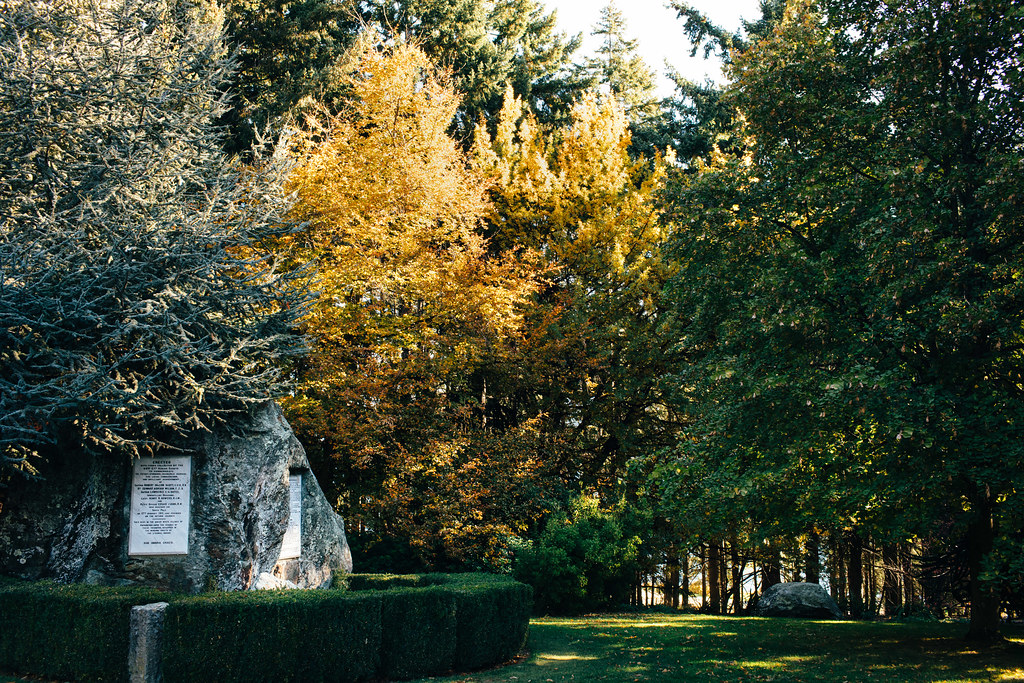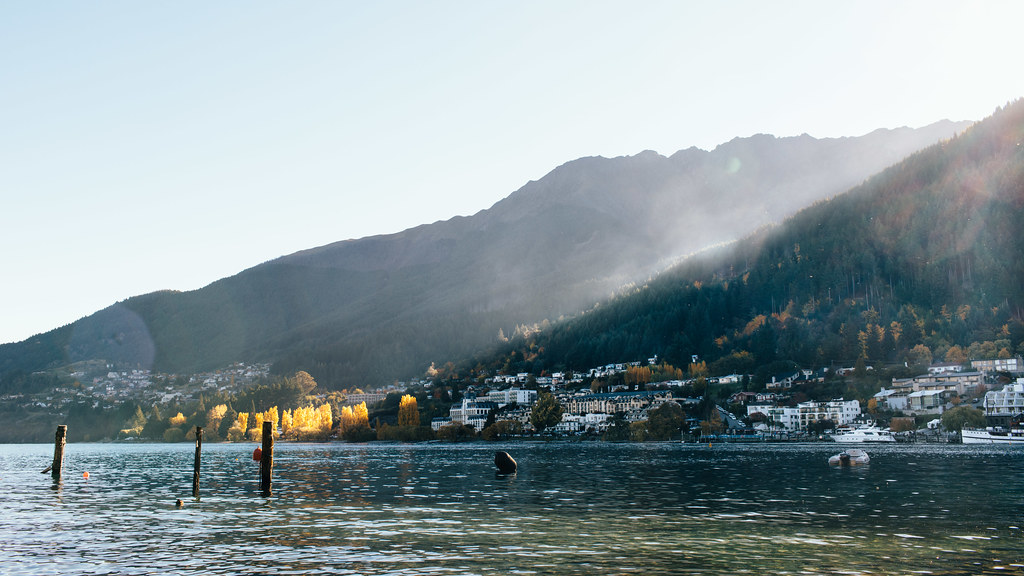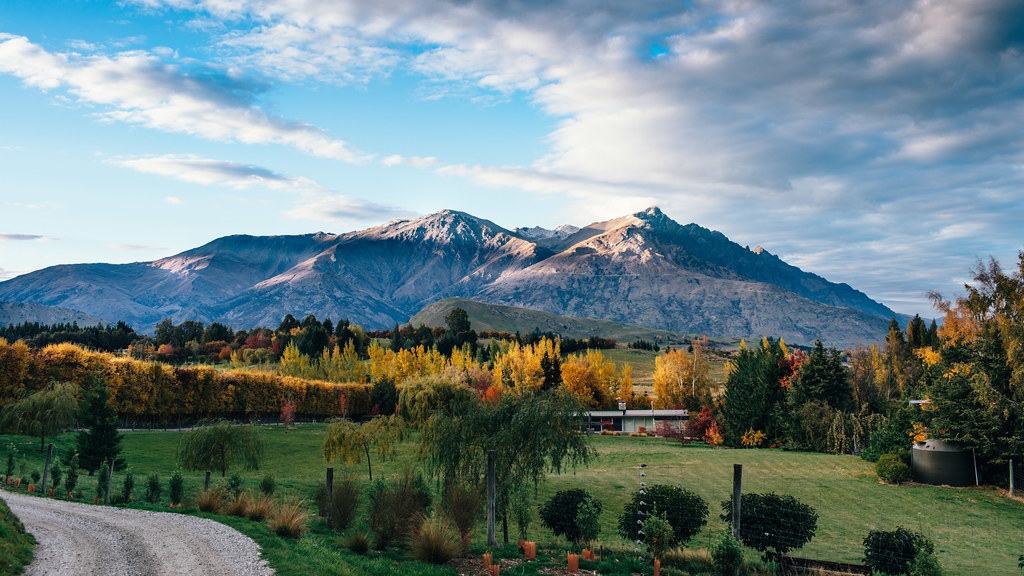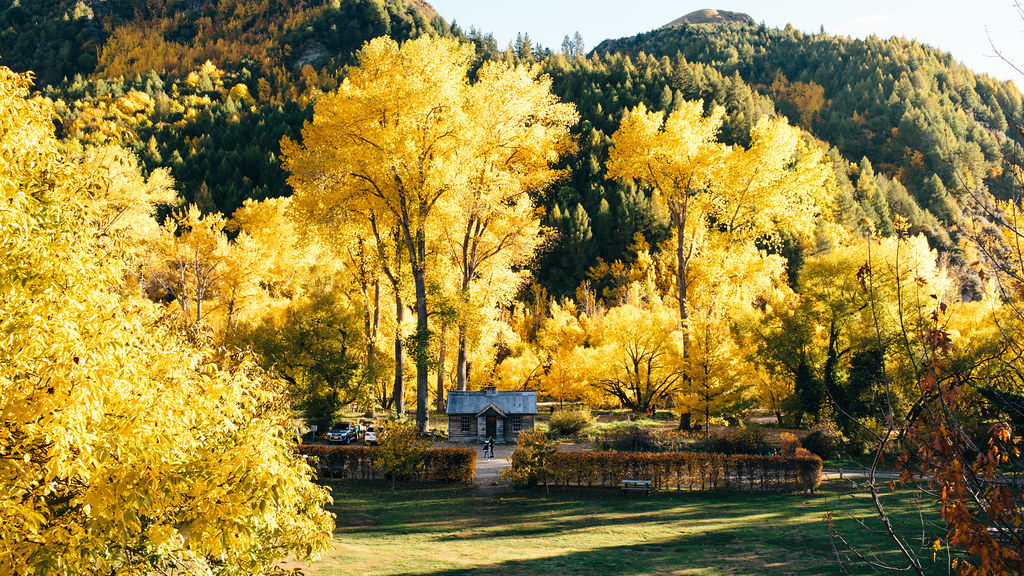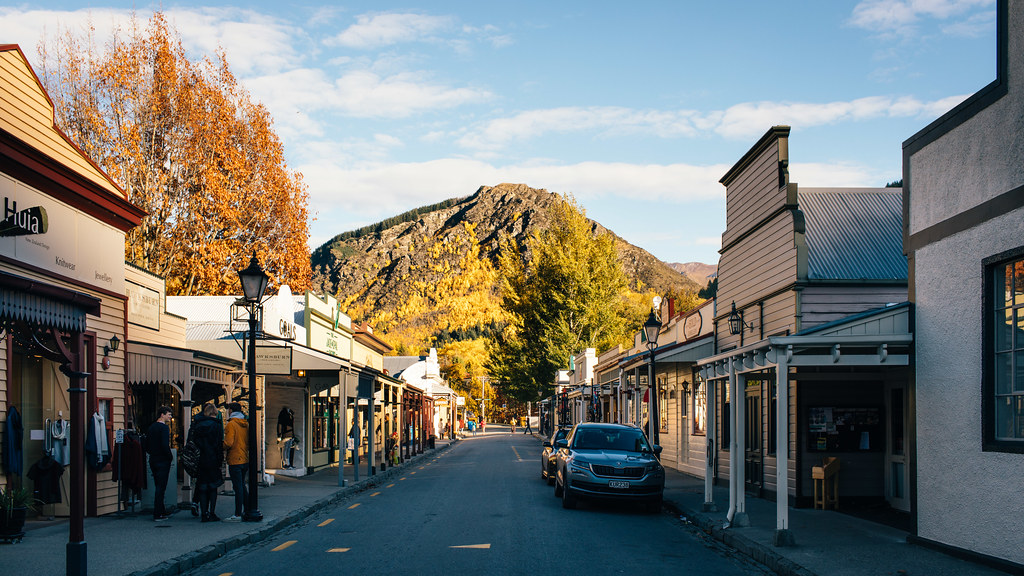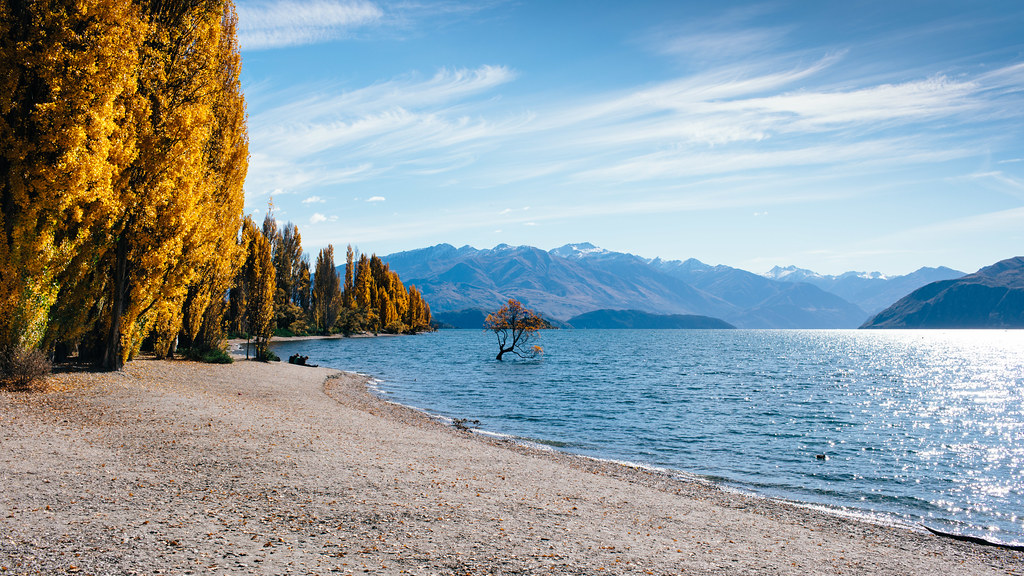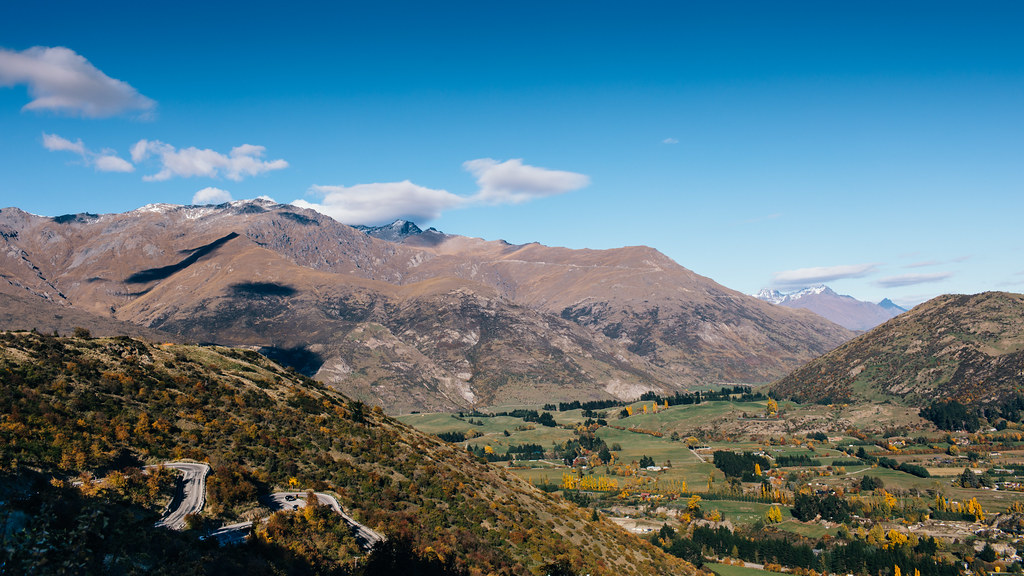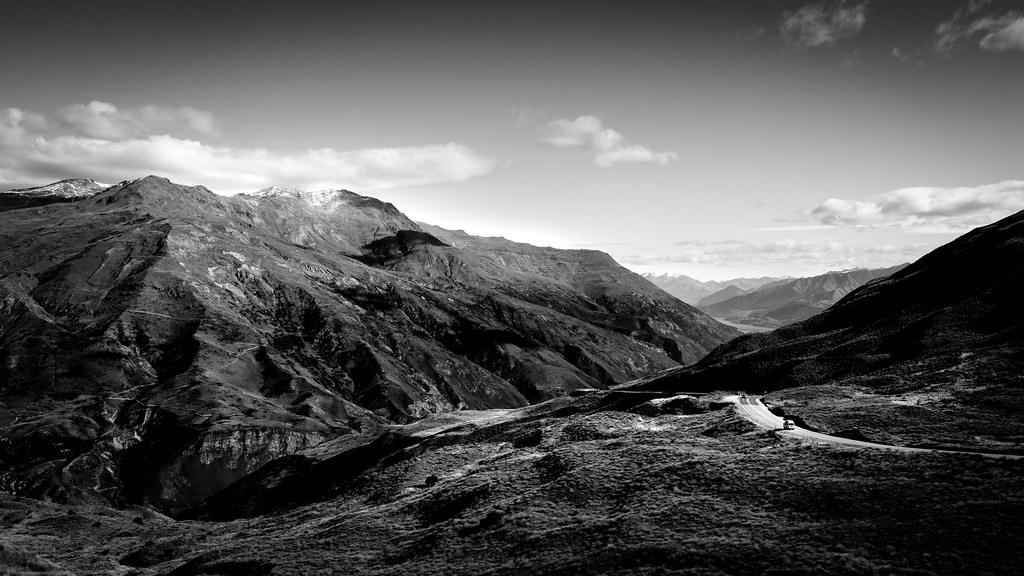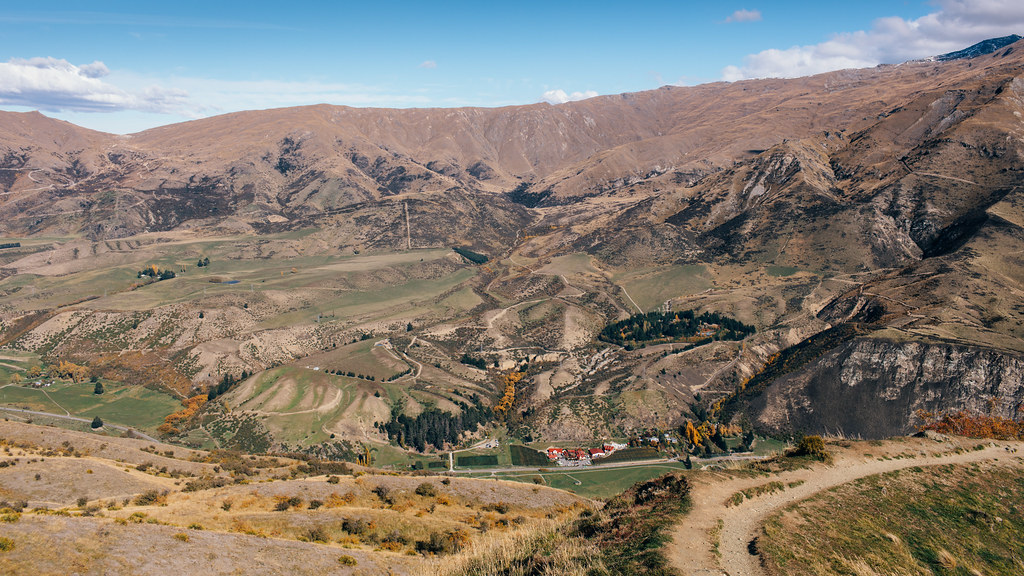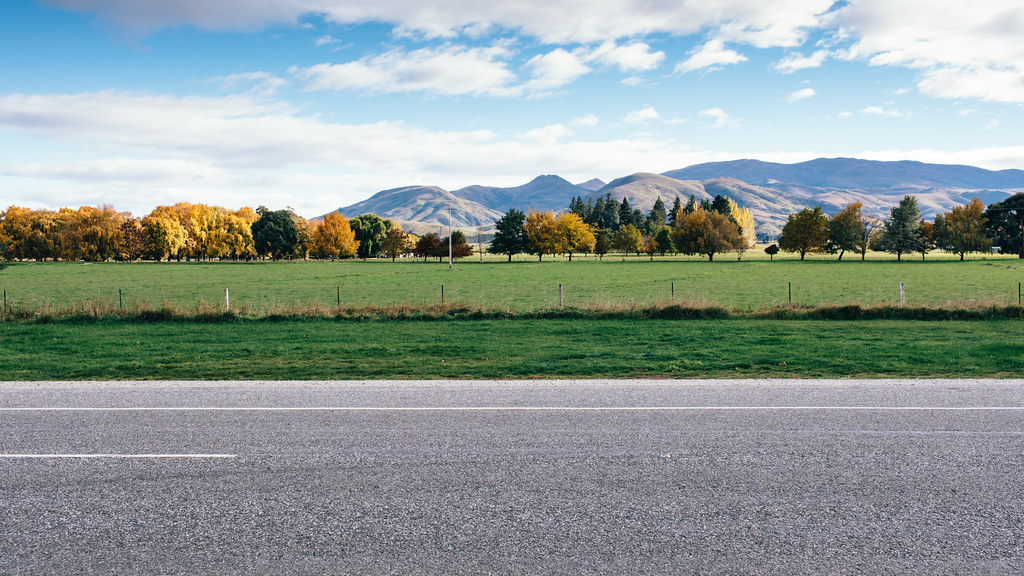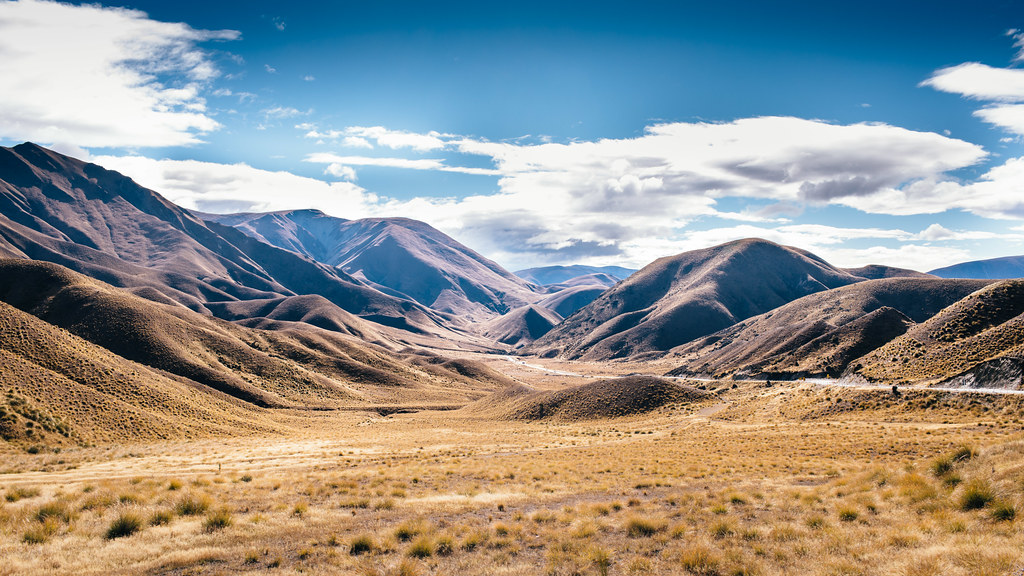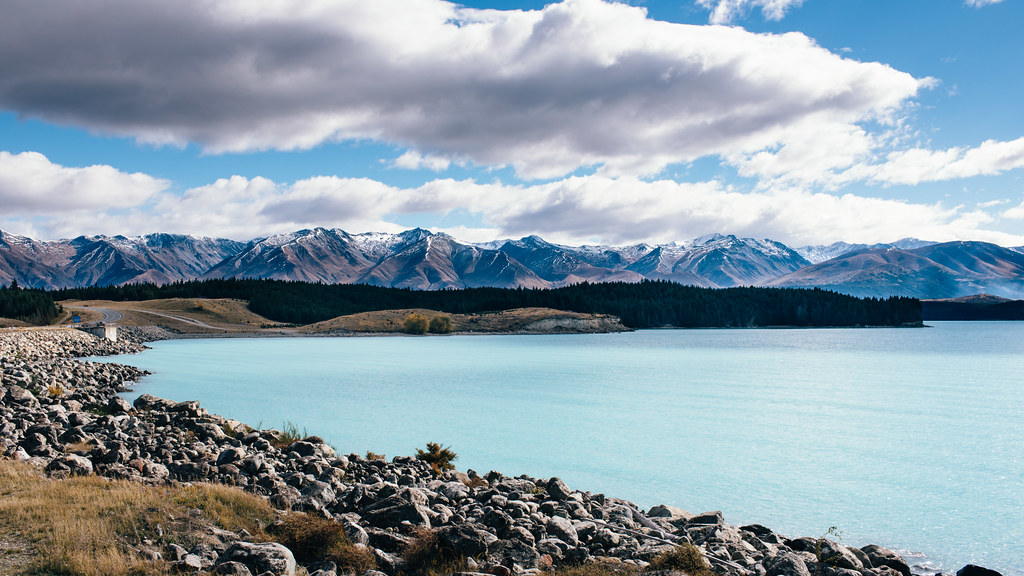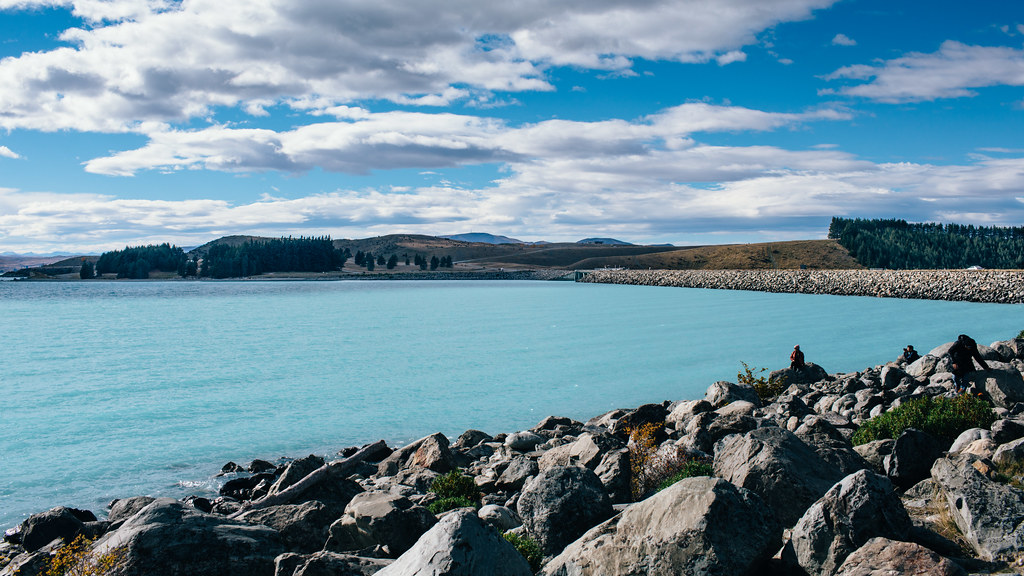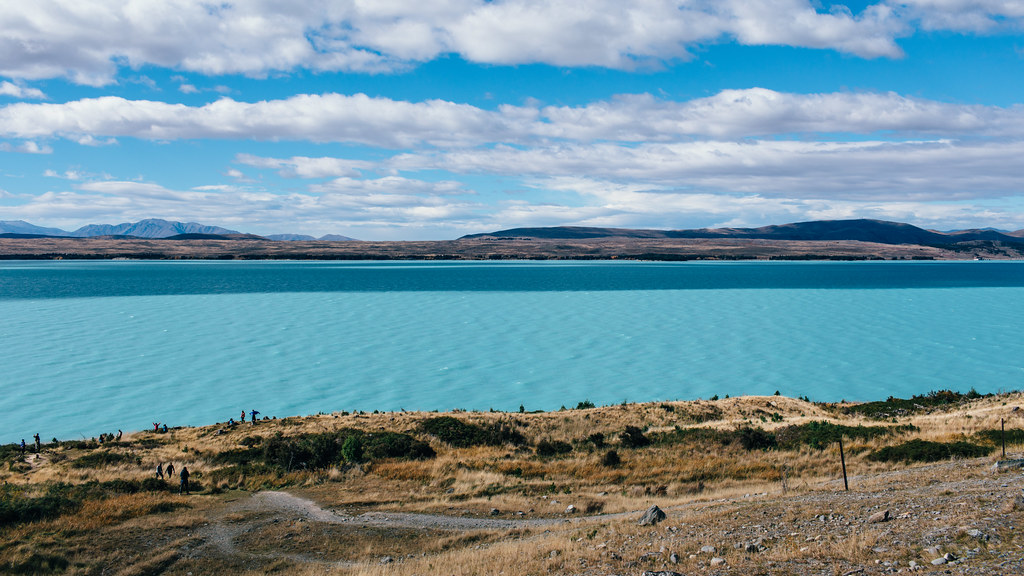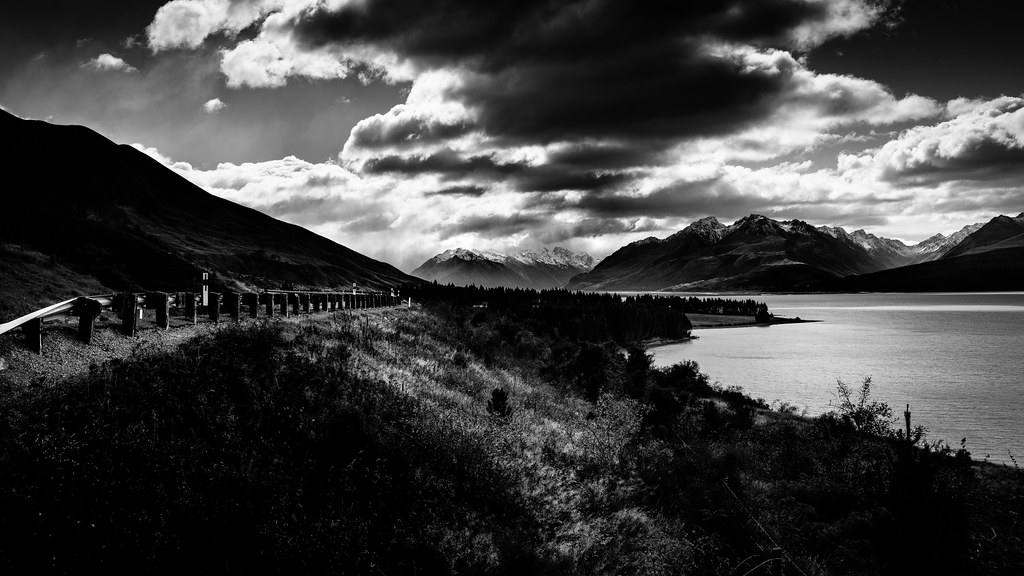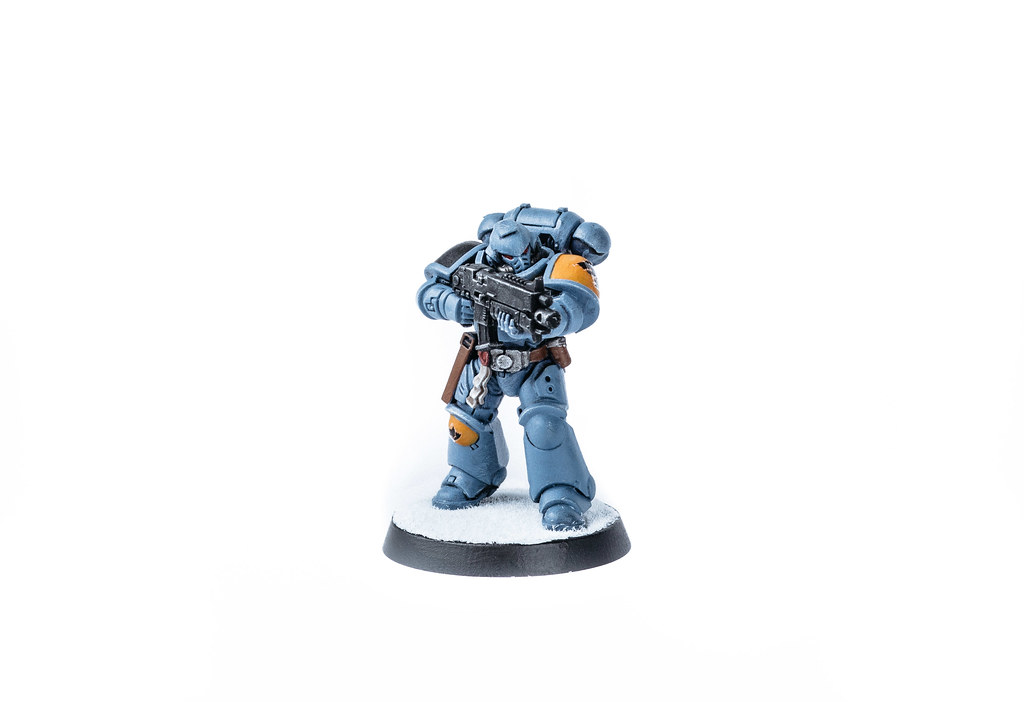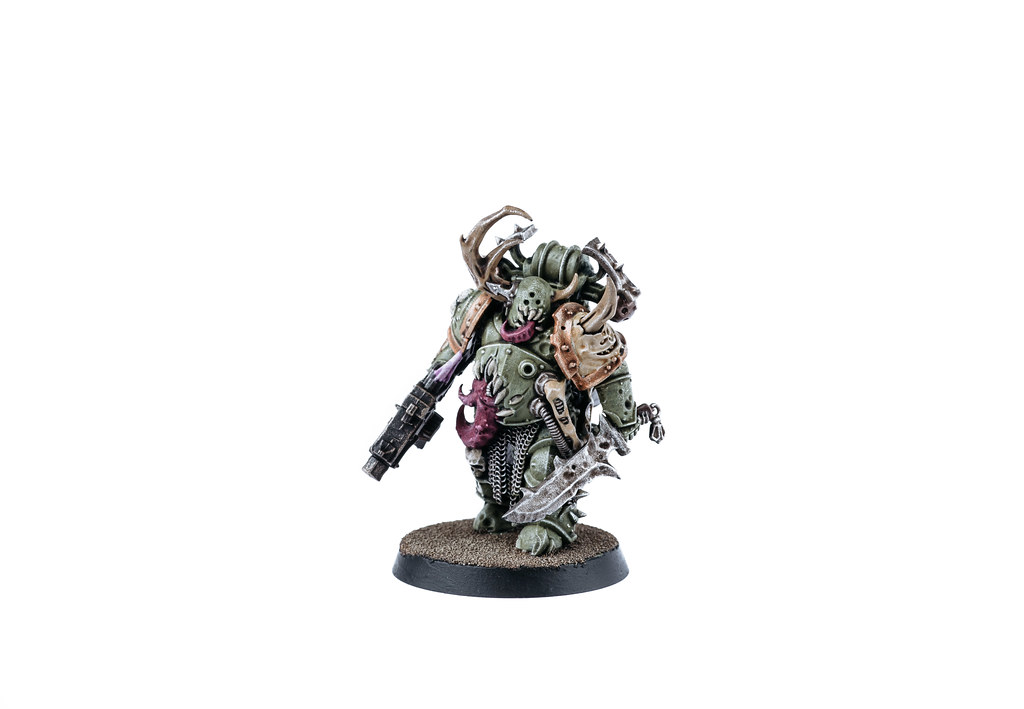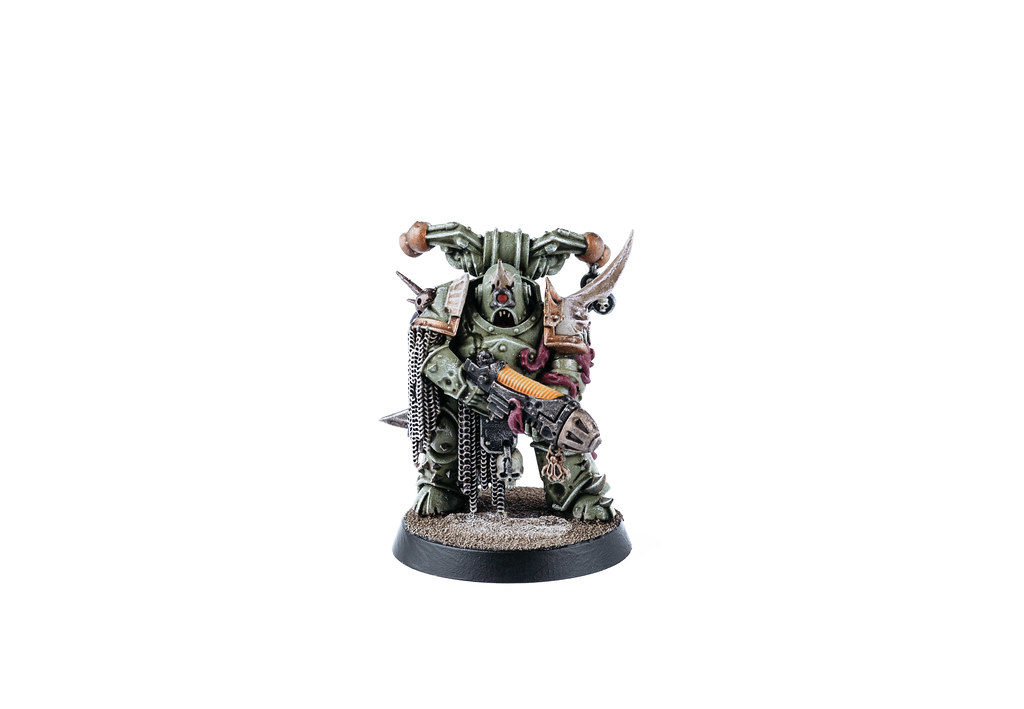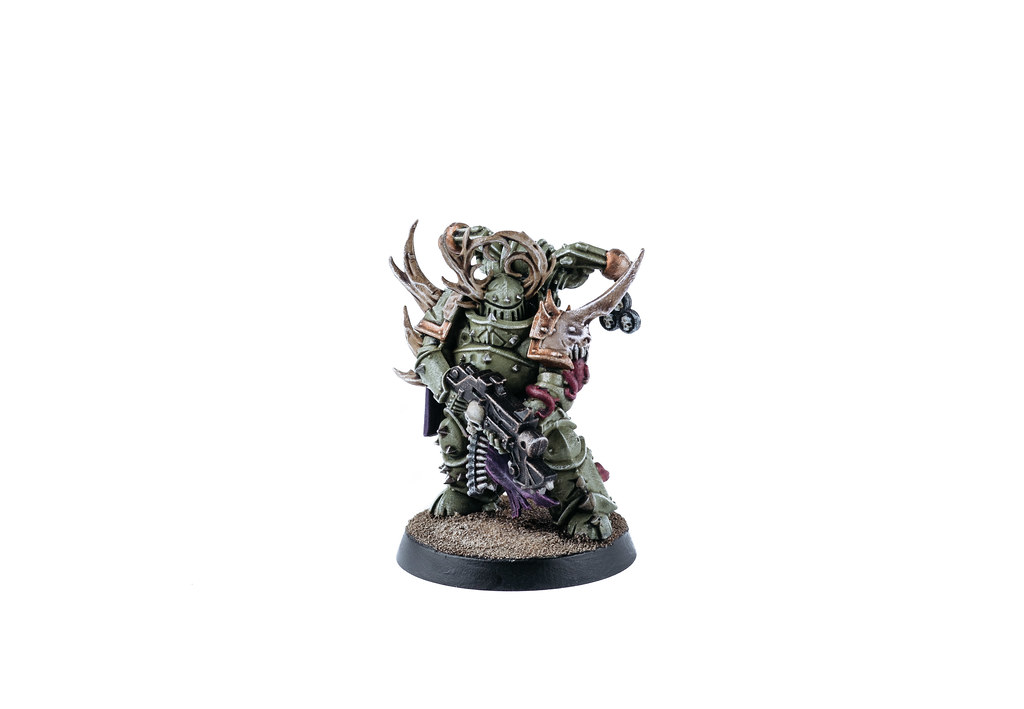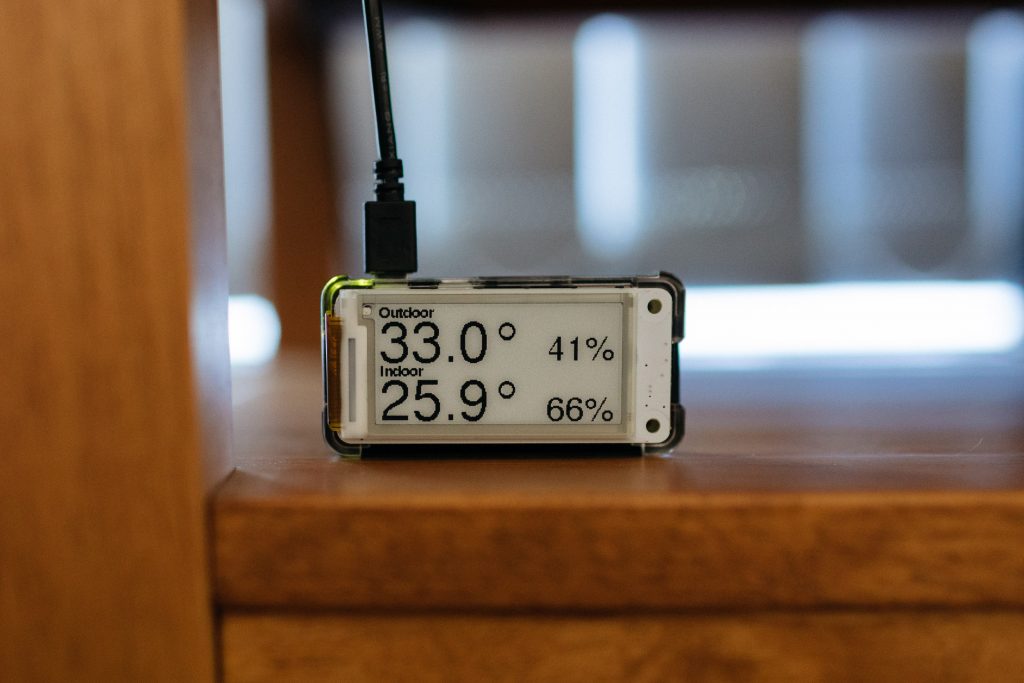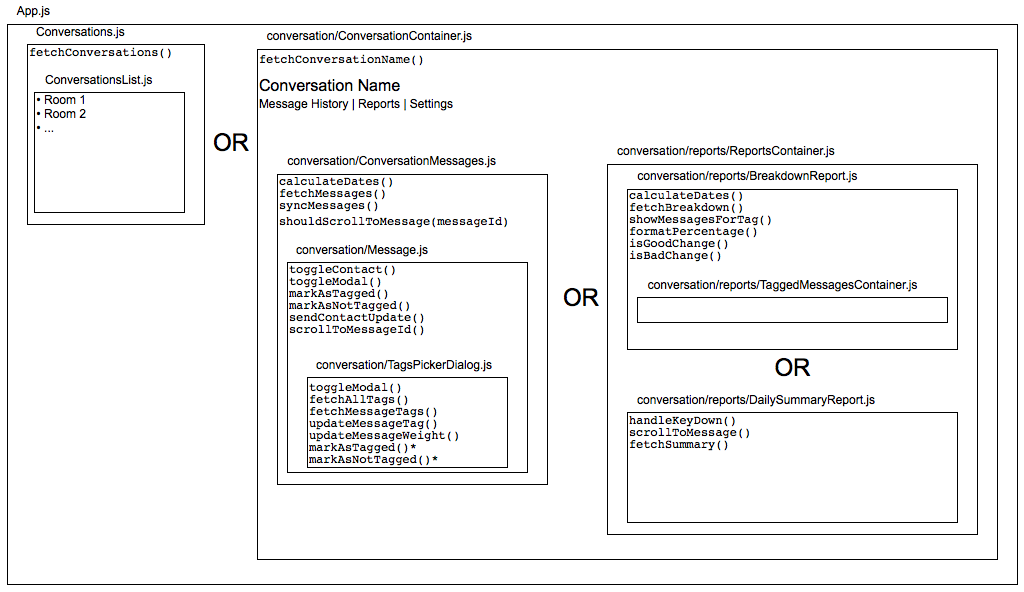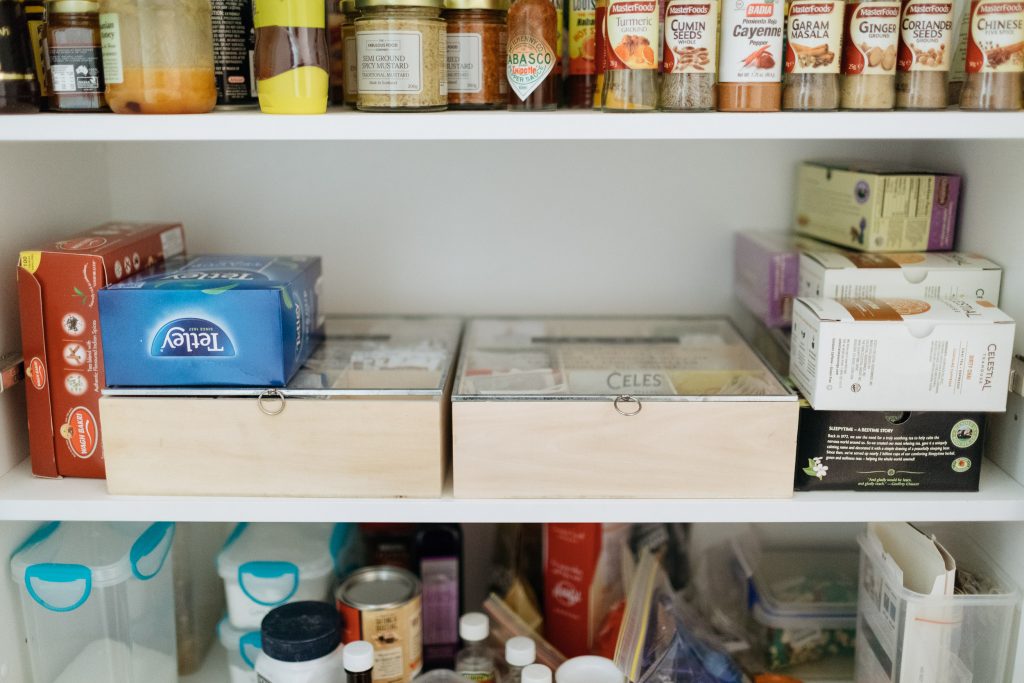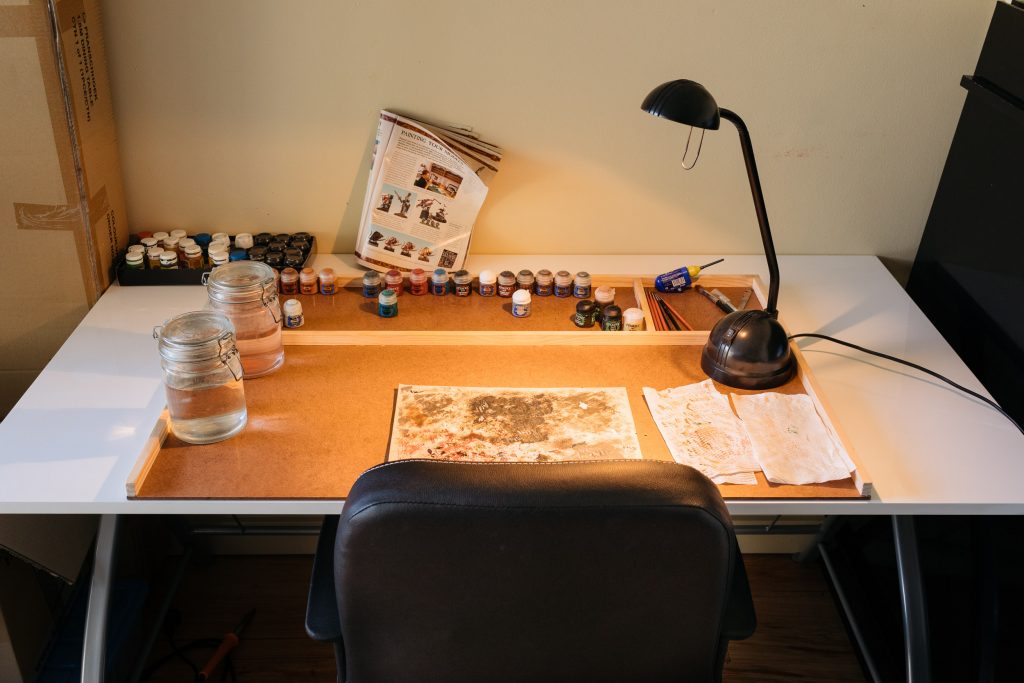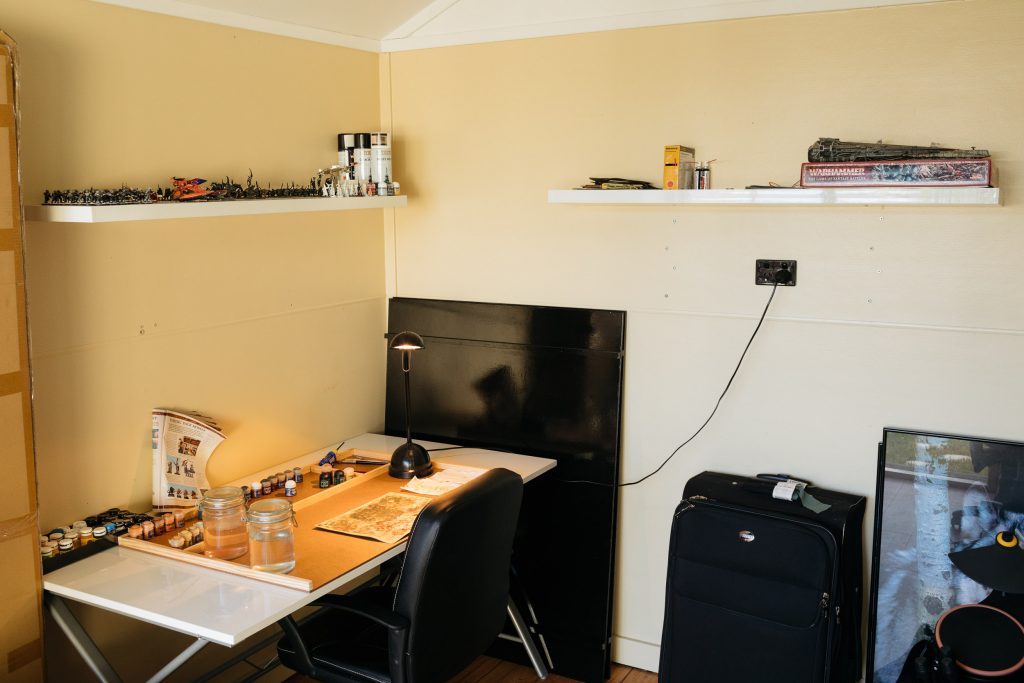Fair warning, I’m rubbish at writing reviews so I’m just going to copy and paste the summary from Booktopia. 😛 But I’ve read all of these books and they’re all fantastic and highly recommended!
Vigil by Angela Slatter (Book 1 of the Verity Fassbinder series)
Urban fantasy set in Brisbane.
Verity Fassbinder has her feet in two worlds.
The daughter of one human and one Weyrd parent, she has very little power herself, but does claim unusual strength — and the ability to walk between us and the other — as a couple of her talents. As such a rarity, she is charged with keeping the peace between both races, and ensuring the Weyrd remain hidden from us.
But now Sirens are dying, illegal wine made from the tears of human children is for sale — and in the hands of those Weyrd who hold with the old ways — and someone has released an unknown and terrifyingly destructive force on the streets of Brisbane.
And Verity must investigate, or risk ancient forces carving our world apart.
Science fiction, a review on Amazon described it as “biopunk” which I think is perfect. It’s one of those books where very little is explicitly spelled out and you gather more and more little nuggets about the world as the book goes on.
Somewhere on the outer rim of the universe, a mass of decaying worldships known as the Legion is traveling in the seams between the stars. For generations, a war for control of the Legion has been waged, with no clear resolution. As worlds continue to die, a desperate plan is put into motion.
Zan wakes with no memory, prisoner of a people who say they are her family. She is told she is their salvation — the only person capable of boarding the Mokshi, a world-ship with the power to leave the Legion. But Zan’s new family is not the only one desperate to gain control of the prized ship. Zan must choose sides in a genocidal campaign that will take her from the edges of the Legion’s gravity well to the very belly of the world. Zan will soon learn that she carries the seeds of the Legion’s destruction — and its possible salvation.
The Collapsing Empire by John Scalzi (Book 1 of the Interdependency series)
Science fiction.
In the far future, humanity has left Earth to create a glorious empire. Now this interstellar network of worlds faces disaster — but can three individuals save their people?
The empire’s outposts are utterly dependent on each other for resources, a safeguard against war, and a way its rulers can exert control. This relies on extra-dimensional pathways between the stars, connecting worlds. But “The Flow” is changing course, which could plunge every colony into fatal isolation.
A scientist will risk his life to inform the empire’s ruler. A scion of a Merchant House stumbles upon conspirators seeking power. And the new Empress of the Interdependency must battle lies, rebellion and treason. Yet as they work to save a civilization on the brink of collapse, others have very different plans…
The Fifth Season by N.K. Jemisin (Book 1 of the Broken Earth trilogy)
Science-fiction/fantasy, it’s kind of hard to nail it down to a single genre.
Three terrible things happen in a single day.
Essun, masquerading as an ordinary schoolteacher in a quiet small town, comes home to find that her husband has brutally murdered their son and kidnapped their daughter. Mighty Sanze, the empire whose innovations have been civilization’s bedrock for a thousand years, collapses as its greatest city is destroyed by a madman’s vengeance. And worst of all, across the heartland of the world’s sole continent, a great red rift has been torn which spews ash enough to darken the sky for years. Or centuries.
But this is the Stillness, a land long familiar with struggle, and where orogenes — those who wield the power of the earth as a weapon — are feared far more than the long cold night. Essun has remembered herself, and she will have her daughter back.
She does not care if the world falls apart around her. Essun will break it herself, if she must, to save her daughter.
Leviathan Wakes (Book 1 of The Expanse series)
Gritty science fiction. (It should be noted that there are currently seven books in this series so far, and they are all brilliant.)
Humanity has colonised the planets — interstellar travel is still beyond our reach, but the solar system has become a dense network of colonies. But there are tensions — the mineral-rich outer planets resent their dependence on Earth and Mars and the political and military clout they wield over the Belt and beyond.
Now, when Captain Jim Holden’s ice miner stumbles across a derelict, abandoned ship, he uncovers a secret that threatens to throw the entire system into war. Attacked by a stealth ship belonging to the Mars fleet, Holden must find a way to uncover the motives behind the attack, stop a war and find the truth behind a vast conspiracy that threatens the entire human race.
Bound by Alan Baxter (Book 1 of the Alex Caine trilogy)
Urban fantasy set (at least initially) in Sydney.
Alex Caine is a martial artist fighting in illegal cage matches. His powerful secret weapon is an unnatural vision that allows him to see his opponents’ moves before they know their intentions themselves.
After a fight one night, an enigmatic Englishman, Patrick Welby, claims to know Alex’s secret. Welby shows Alex how to unleash a breathtaking realm of magic and power, drawing him into a mind-bending adventure beyond his control. And control is something Alex values above all else.
Changer by Matt Gemmell (Book 1 of the Kestrel series)
Urban fantasy-slash-science-fiction, set in the Edinburgh, Scotland.
Jutland, Denmark: a billionaire industrialist seizes control of a top-secret project that the European Defence Agency calls Destiny, manipulating it for his own ends.
Edinburgh, Scotland: physicist Neil Aldridge’s life is saved by an elite EU special forces team, codenamed KESTREL, drawing him into a race against time to prevent a disaster that will claim millions of lives.
As the chase leads to London, Amsterdam and beyond, Aldridge and his allies must battle a ruthless adversary: a trained killer with an unnatural ability, who seeks to hasten the cataclysm.
With time running out, Aldridge discovers that he and his enemy share an astonishing secret, which may be the key to salvation — or cause death on an unprecedented scale…
